There was a gentle sigh of relief on July 22nd, 2015, in the village of Morey-St-Denis in Burgundy, France, where they finally received some rain. So far the 2015 vintage in Burgundy has been difficult. Vines struggled to gain carbohydrate reserves during the dormancy of the winter as there was almost no winter this year. Spring was unstressful, with flowering over very quickly, in a matter of 10 days, following by a decent amount of rain. And then came the heat. June and July were scorching – temperatures acceding 40C in June. The third week of July, when I was visiting the region, temperatures generally reached 36C-38C. “Hot is not the problem, but too try is not good for the vineyards.” stressed Thierry Brouin, the winemaking director, and our tour guide, of Clos des Lambrays.
2015 would be Brouin’s 36th vintage at Domaine des Lambrays. An enologist by training, he was previously a consultant for the French appellation authority INAO. When Brouin arrived at the Clos in 1980, the vineyard was a dilapidated ruin. N0w, Clos des Lambrays is known has one of the most prestigious domaines in Burgundy. The Clos, a wall-enclosed vineyard, is the largest Grand Cru vineyard under one hand, 8.84 ha. Though, they are not allowed to put “Monopole” on its labels due to Domaine Taupenot-Merme owning a small holding in the vineyard. “Grand Cru, always middle of the slope.” explains Brouin. There is more limestone in the middle. As you move up the hill soils have more topsoil and more clay. It’s a drastic difference in appearance just across the non-paved, stony road. Vineyard prices for Grand Cru can range 10 million euros per ha, while just across the “road”, the vineyards cost only 500,000 euro per ha. Clos des Lambrays owns some very old vines, up to 85 years old. Directly to the south sits Clos de Tart. The wall between the two Clos is owned by Clos de Tart, as Thierry laughs, “Which is a good thing, as it is very expensive to keep in good condition.” If all goes well for the remainder of the vintage, harvest will be in the beginning of September.
Inside the domaine, we were met by Tosca, an 8 month old Welch Terrier, the newly appointed garden keeper. The inside garden was well-manicured and included a 300 year old cedar tree from Lebanon. The down pouring rain kept us from relaxing too much in the stunning garden.
The winery was very small, with a few upright stainless steel tanks, and a pneumatic press. I learnt from Thierry that all fruit was hand harvested in small 20 kilo bins (44 pounds), and that there are no pumps in the winery, everything it transferred by gravity. “To make the best wine is like cooking. You must put the best ingredients in your vat. Respect.” exclaims Brouin. Bunches are whole cluster fermentated and macerated for about 2 weeks. Whereas neighbor Clos de Tart de-stems, Brouin prefers to keep them. After fermentation, the pips, seeds, and skins fill the pneumatic press via gravity to extract the remaining juice. “The press is only used 20 hours a year, and it costs 50,000 euro.” laughs Brouin. The free run juice is blended with the press juice.
Downstairs in the “new cellar from the 18th century” (insert another laugh from Thierry) we would taste 2014 Morey-St-Denis and 2014 Clos des Lambrays out of barrel. Both wines were still too young to judge. Thierry’s Morey-St-Denis 2014 had moderately strong tannins, black fruit, and earthy flavors while 2014 Clos expressed more red fruit with a wonderfully silky texture. Six months from now the tannins will be rounder and more soft. Wines age in barrel in the natural humidity and natural temperature controlled cellar for 16-18 months when they will be blended into big vats upstairs. Thierry states that even from the same barrel cooperage, every barrel is still a little bit different. Wine is very limited, so all wine left in our tasting glasses after drinking always goes back into the barrel.
Thierry walks back to the old cellar from 17th century and returns with a few more bottles – Clos 2013, 2012, and 2010. The old cellar stores all past vintages dating back to the 1940s. Clos 2013 spent 17-18 months in barrel and was just bottled. It was very perfumed with bright red cherry, clove, spices, and menthol. We tasted 2012 Clos out of a half bottle, “Half crop!” Brouin jokes again. Again extremely perfumed like the 2013, the structure was more dense, mouth-coating and complexed with notes of hemp and raspberry cordial. 2010 Clos was my favorite, and the most ready to be drank. Tannins were softer, velvety in texture and very elegant. Characteristics of earthiness, leaf, and red currant. Presently 10:30 in the morning, we were intoxicated with the beauty of the wines. Thierry was comical, telling stories and laughing. I didn’t want to leave, but I had a tasting with their next door neighbor, Clos de Tart.
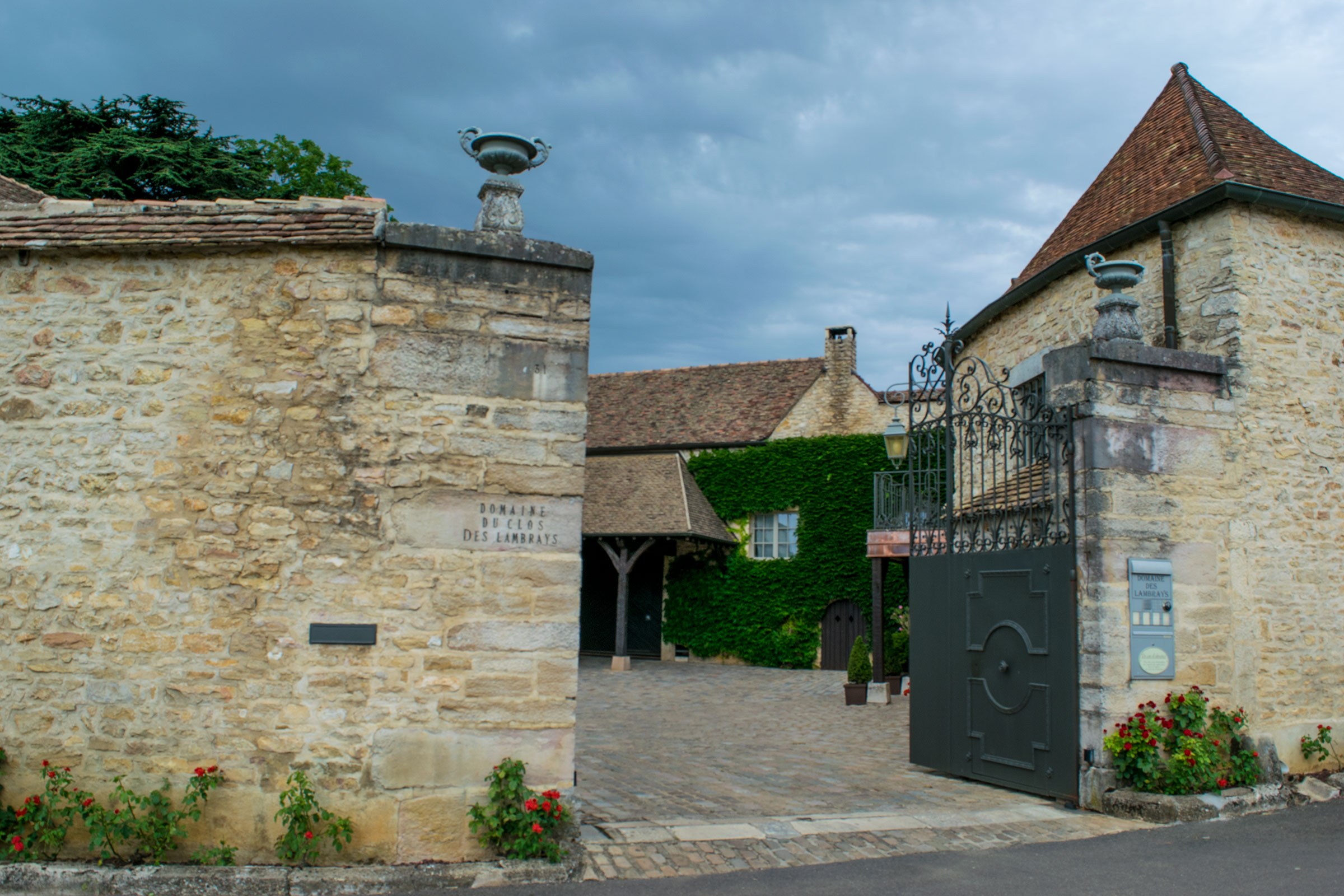
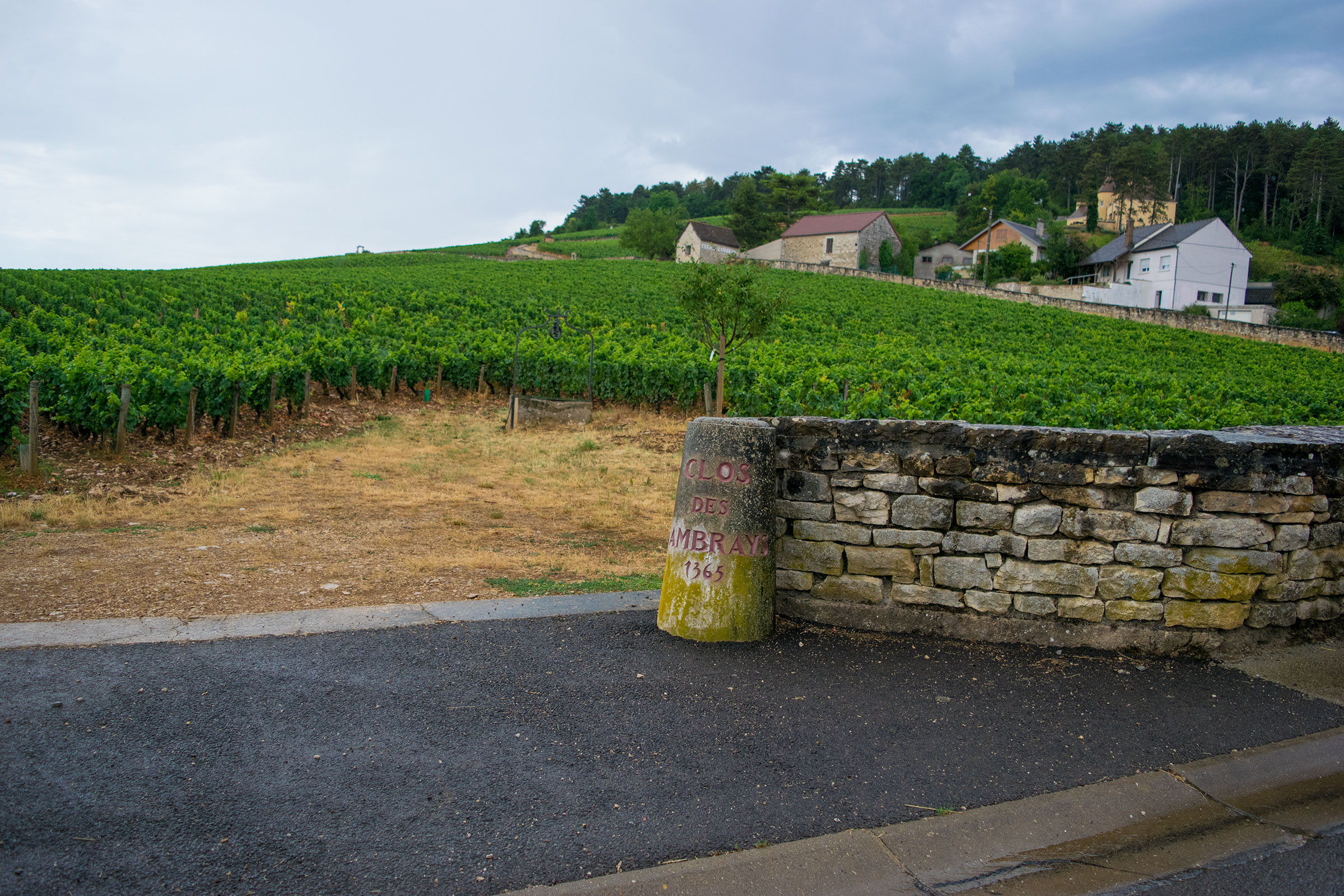
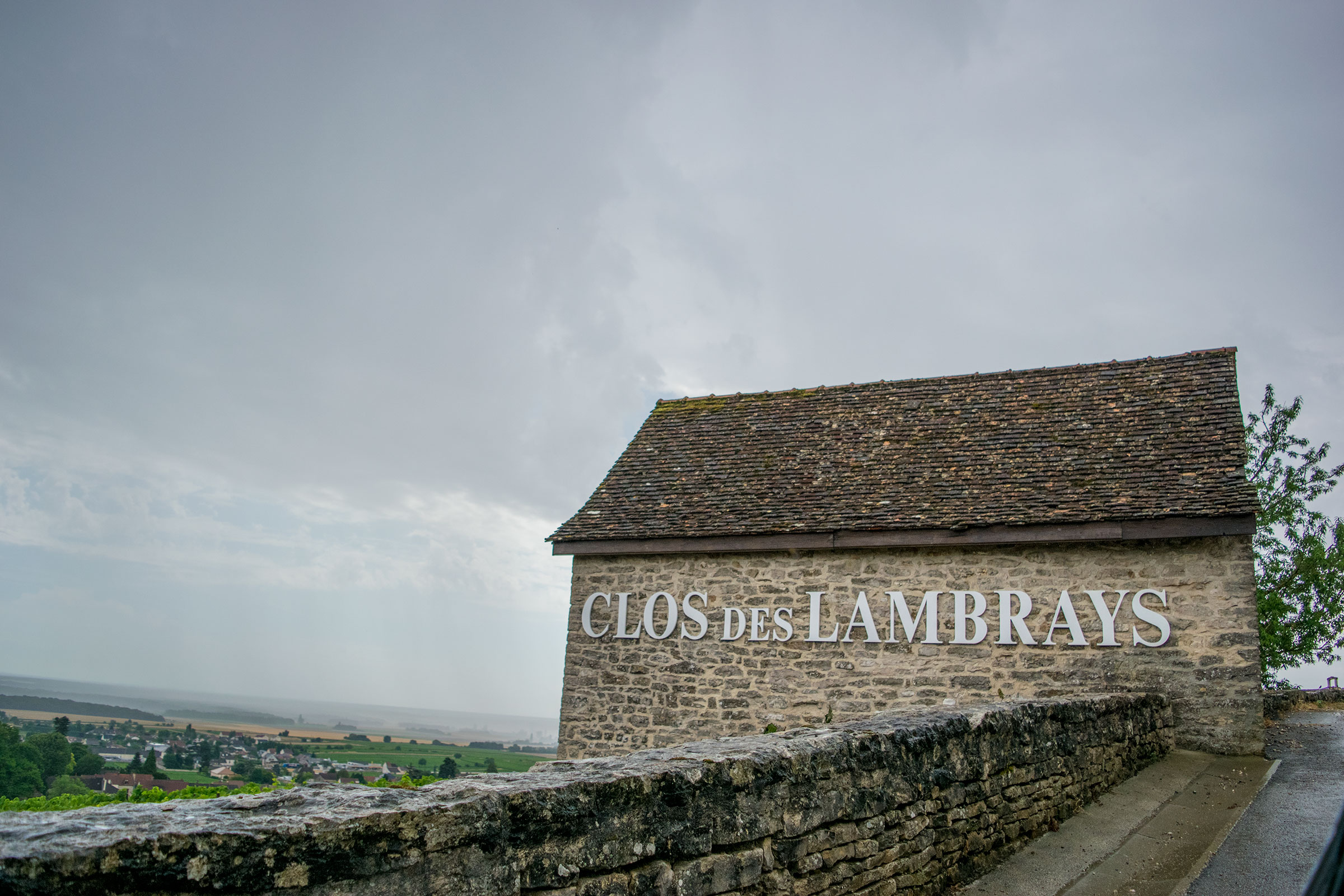
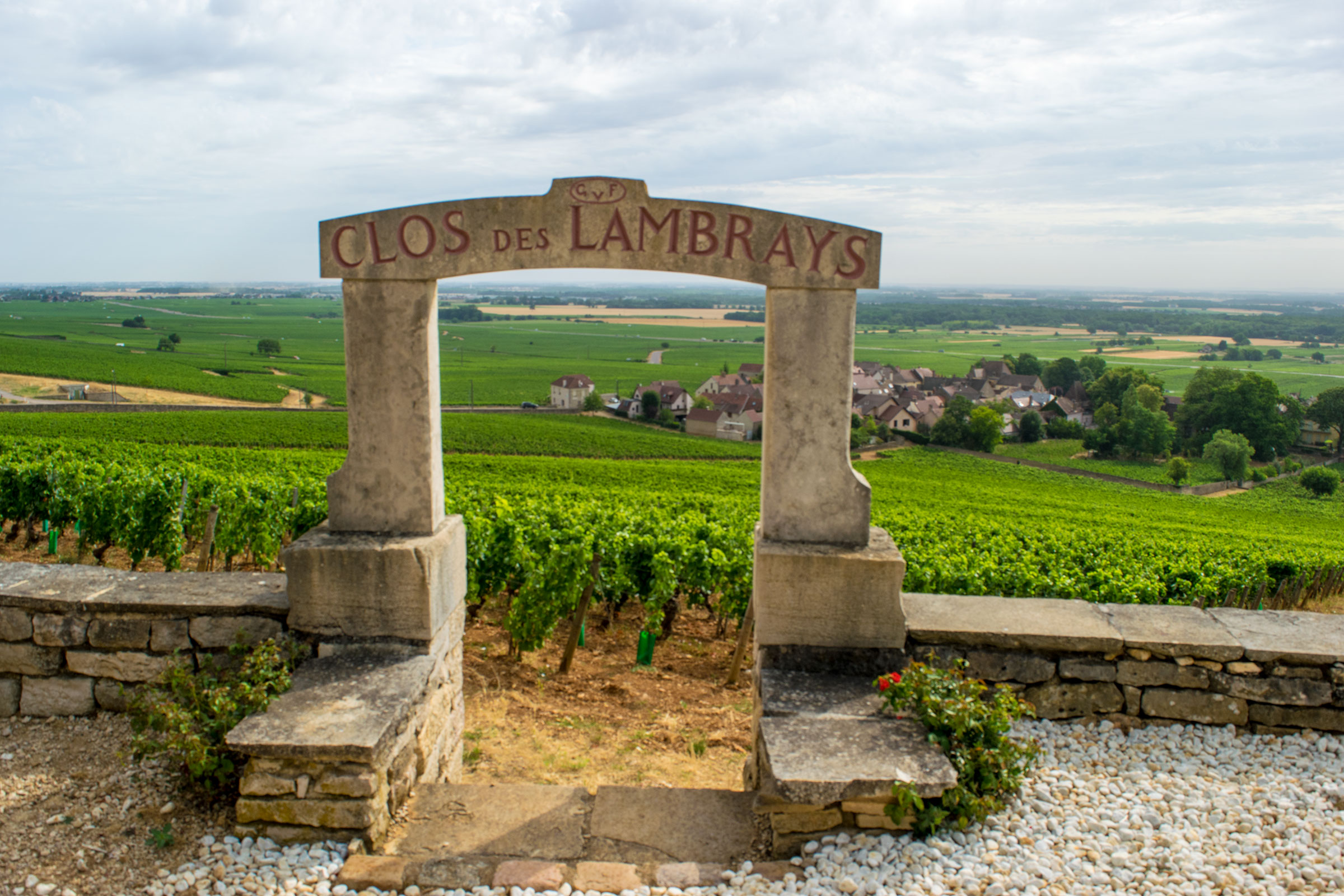
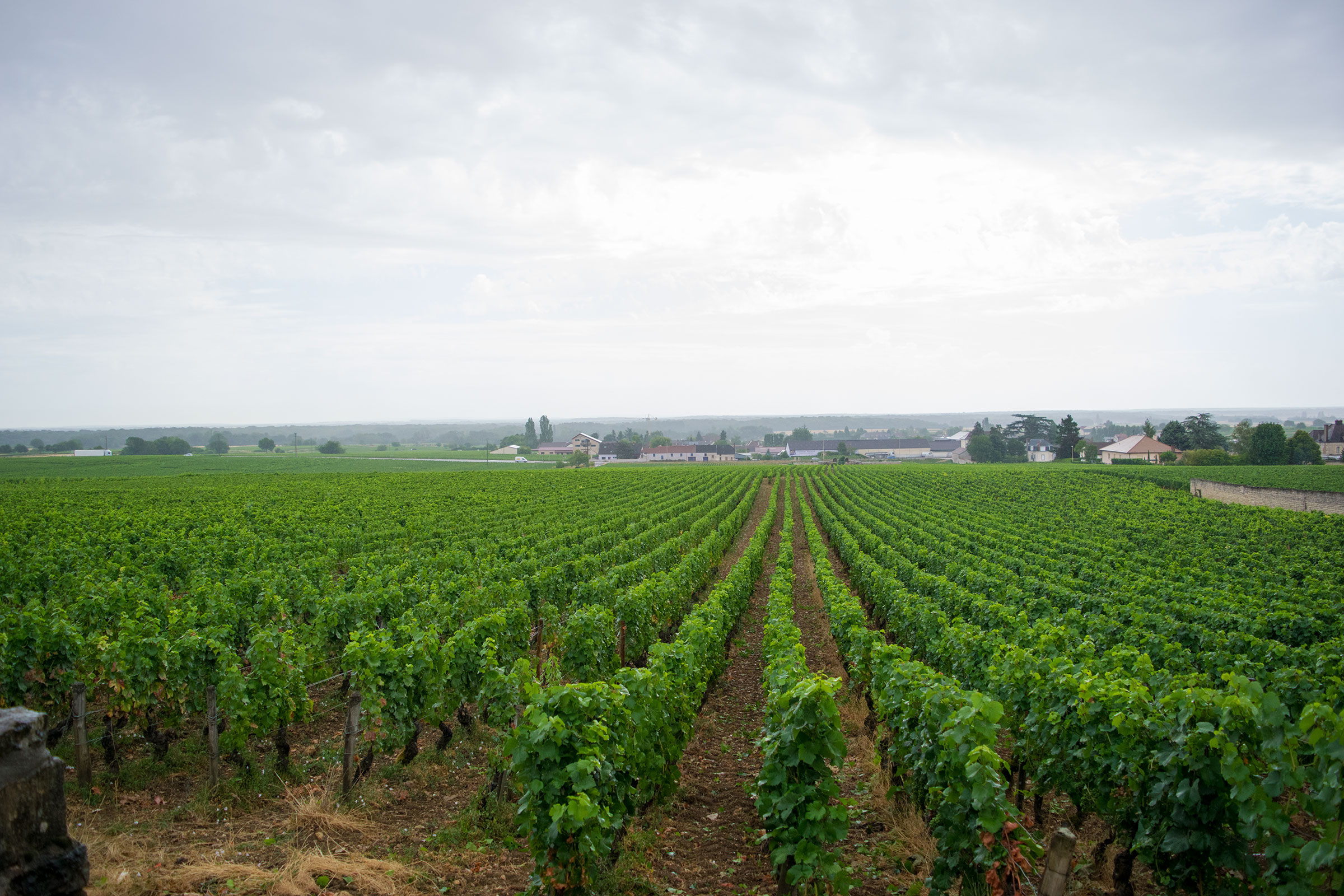
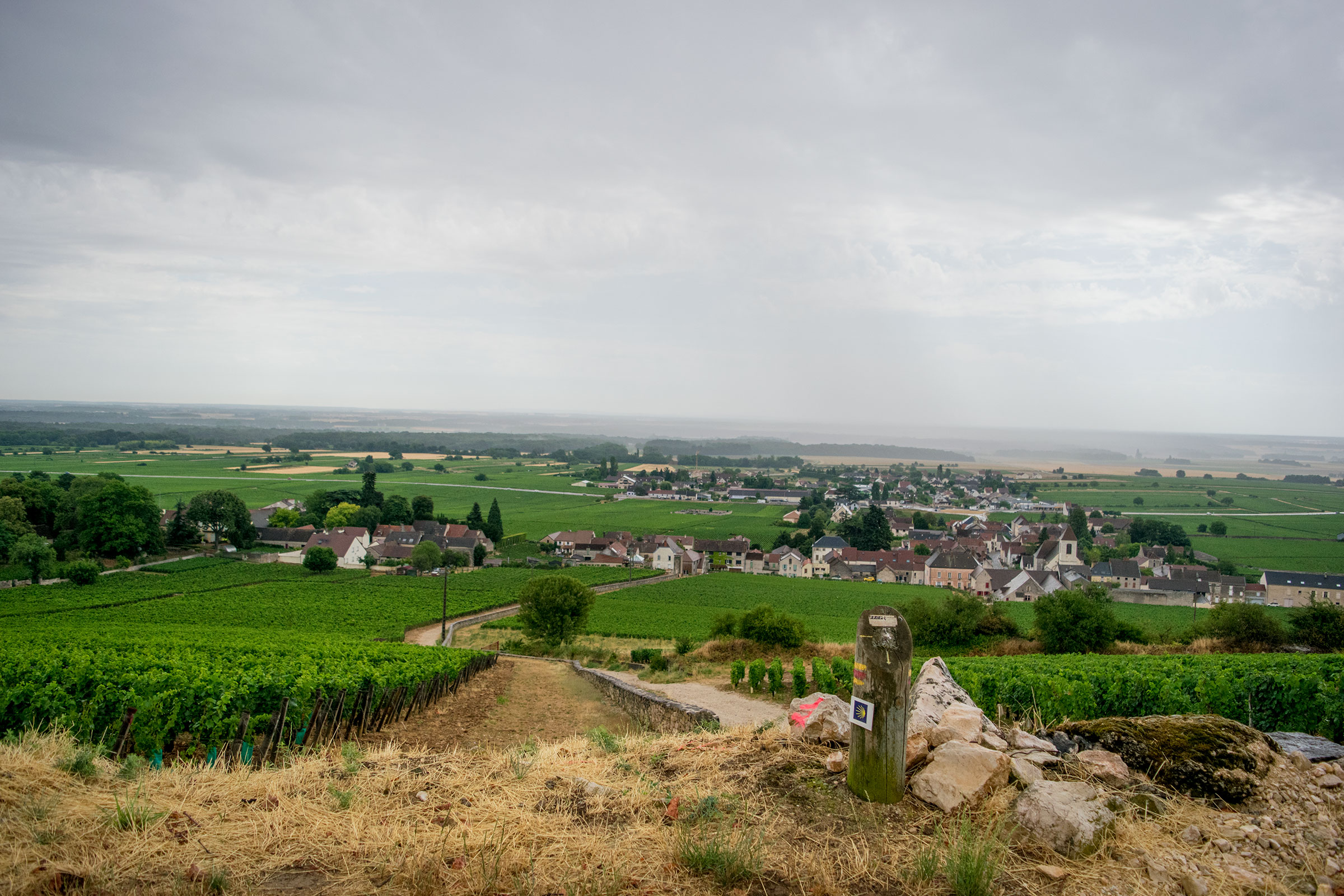
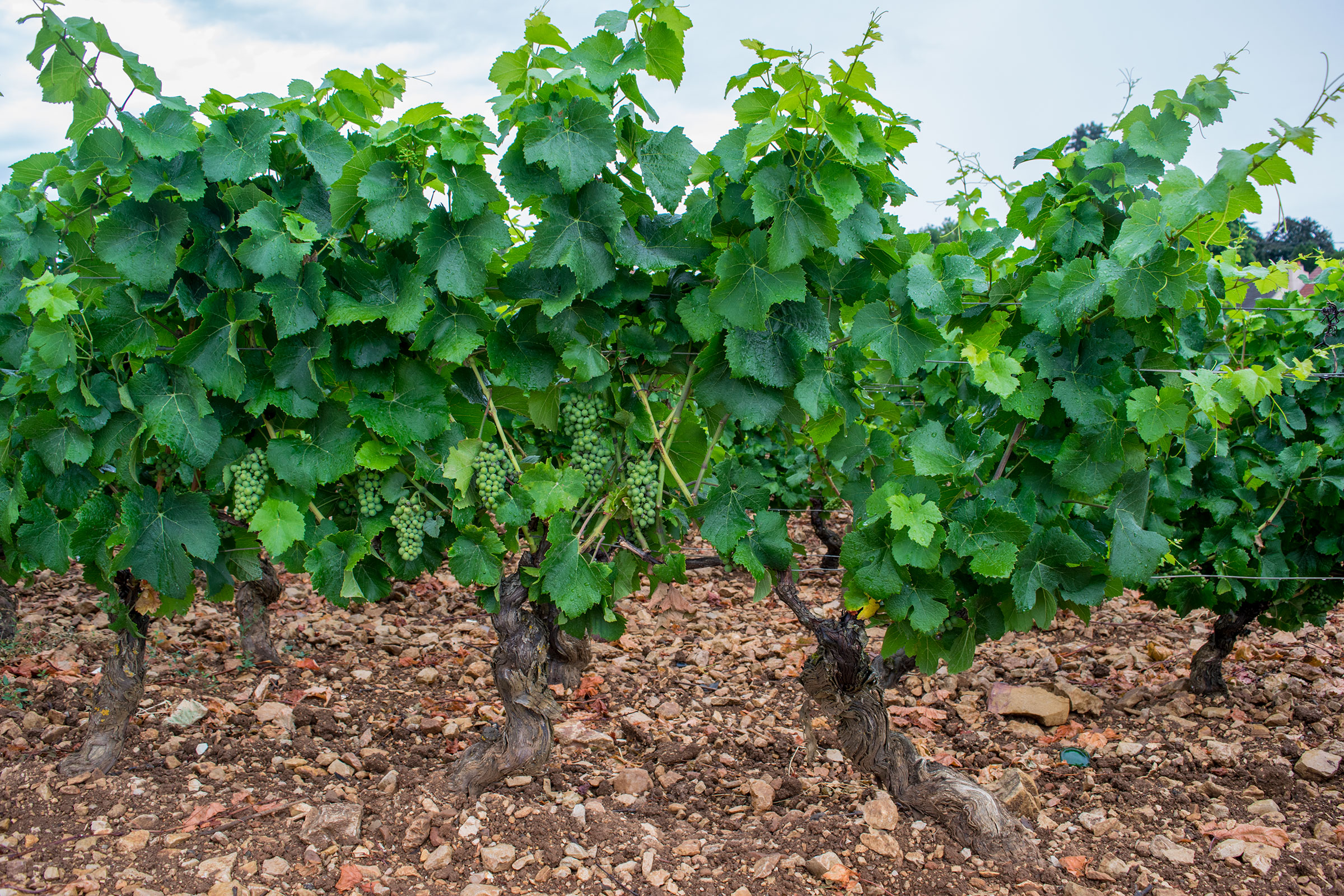
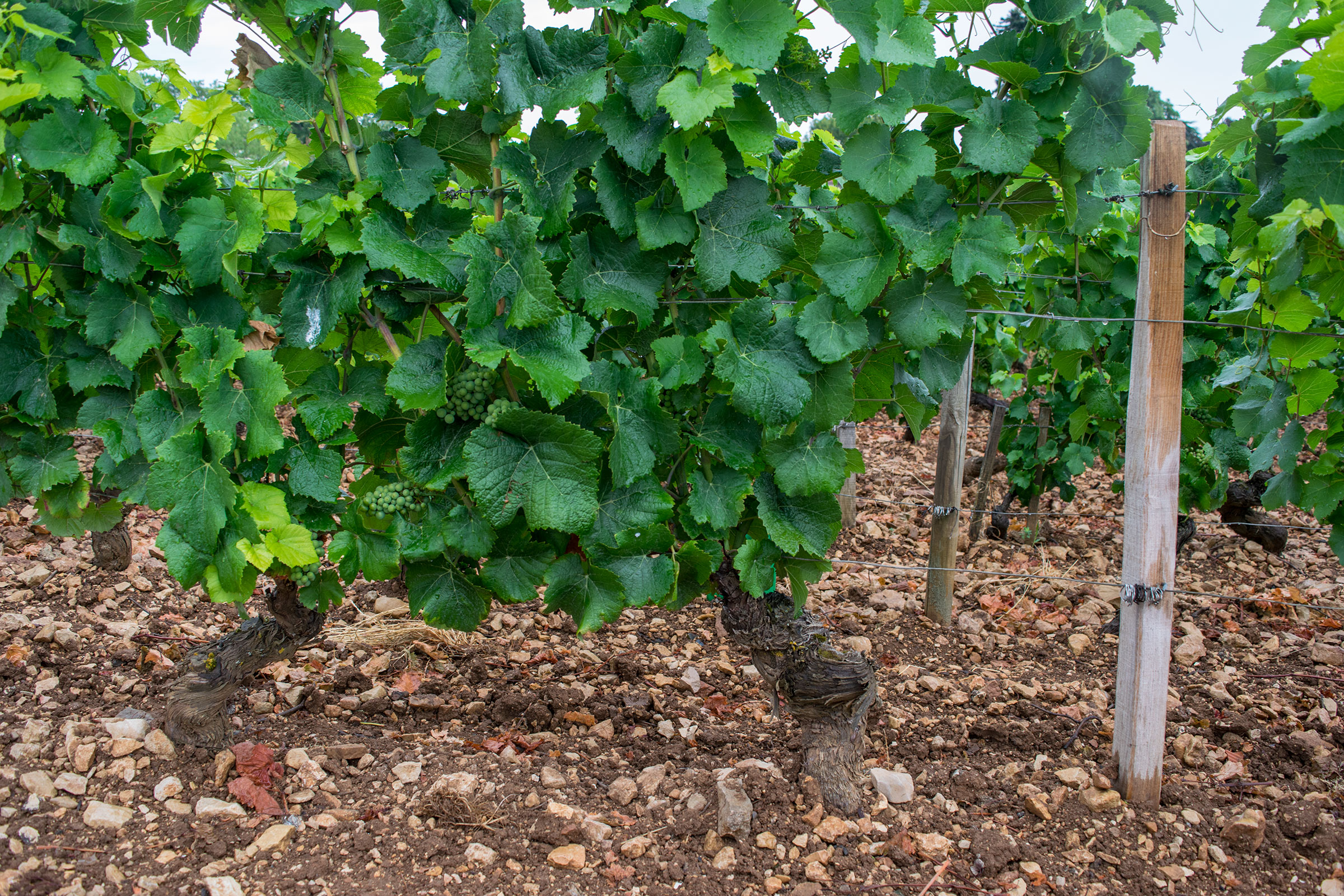
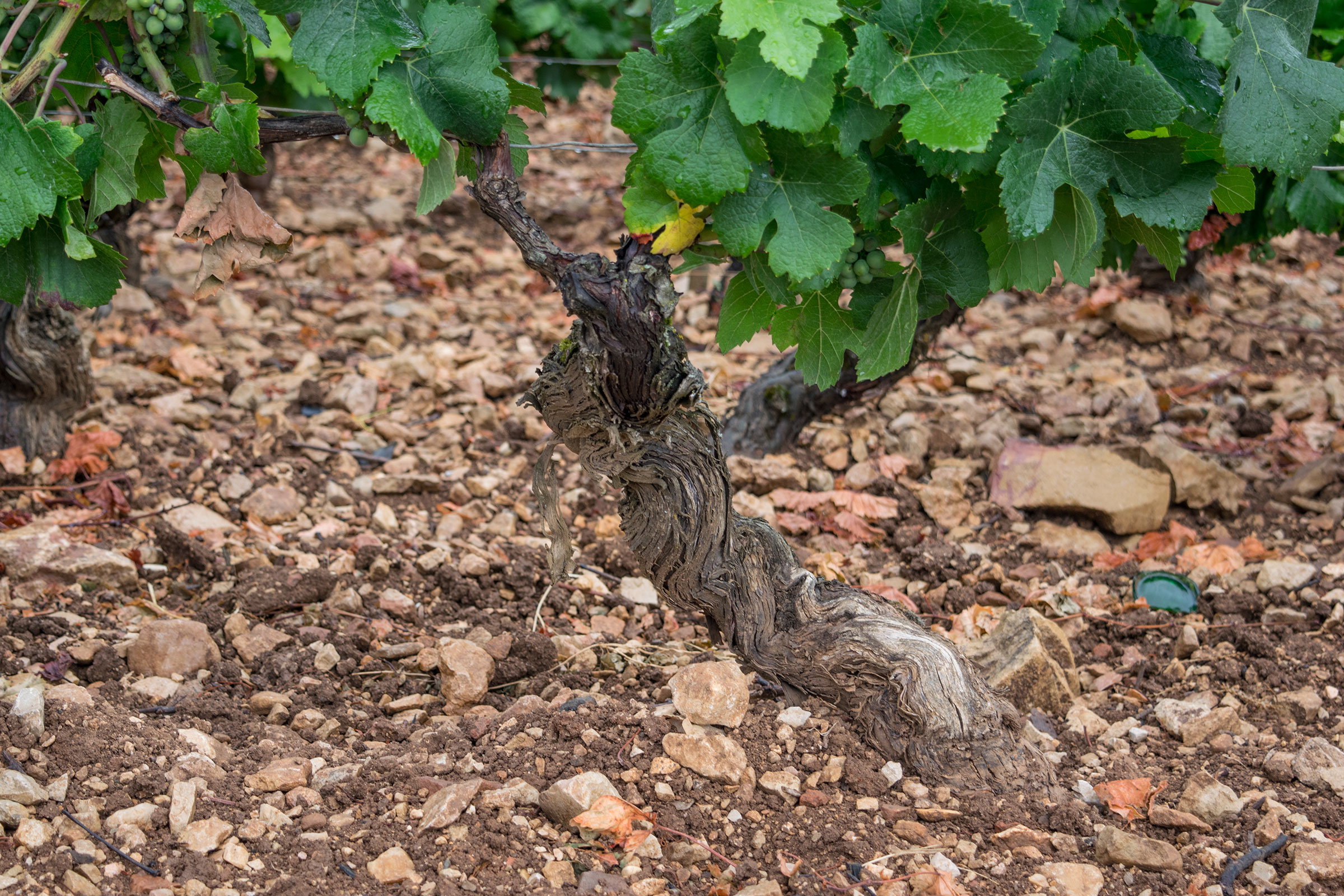
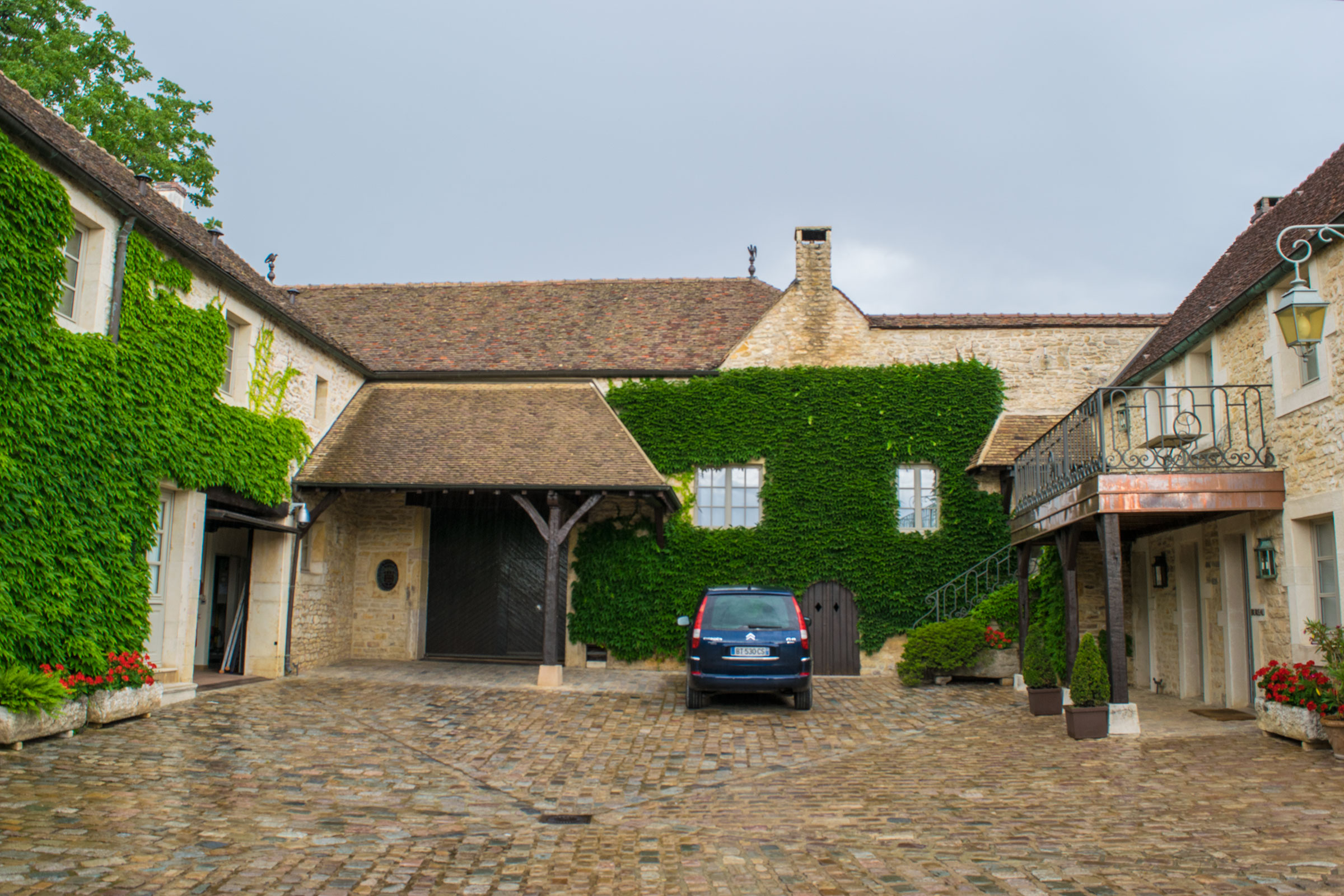
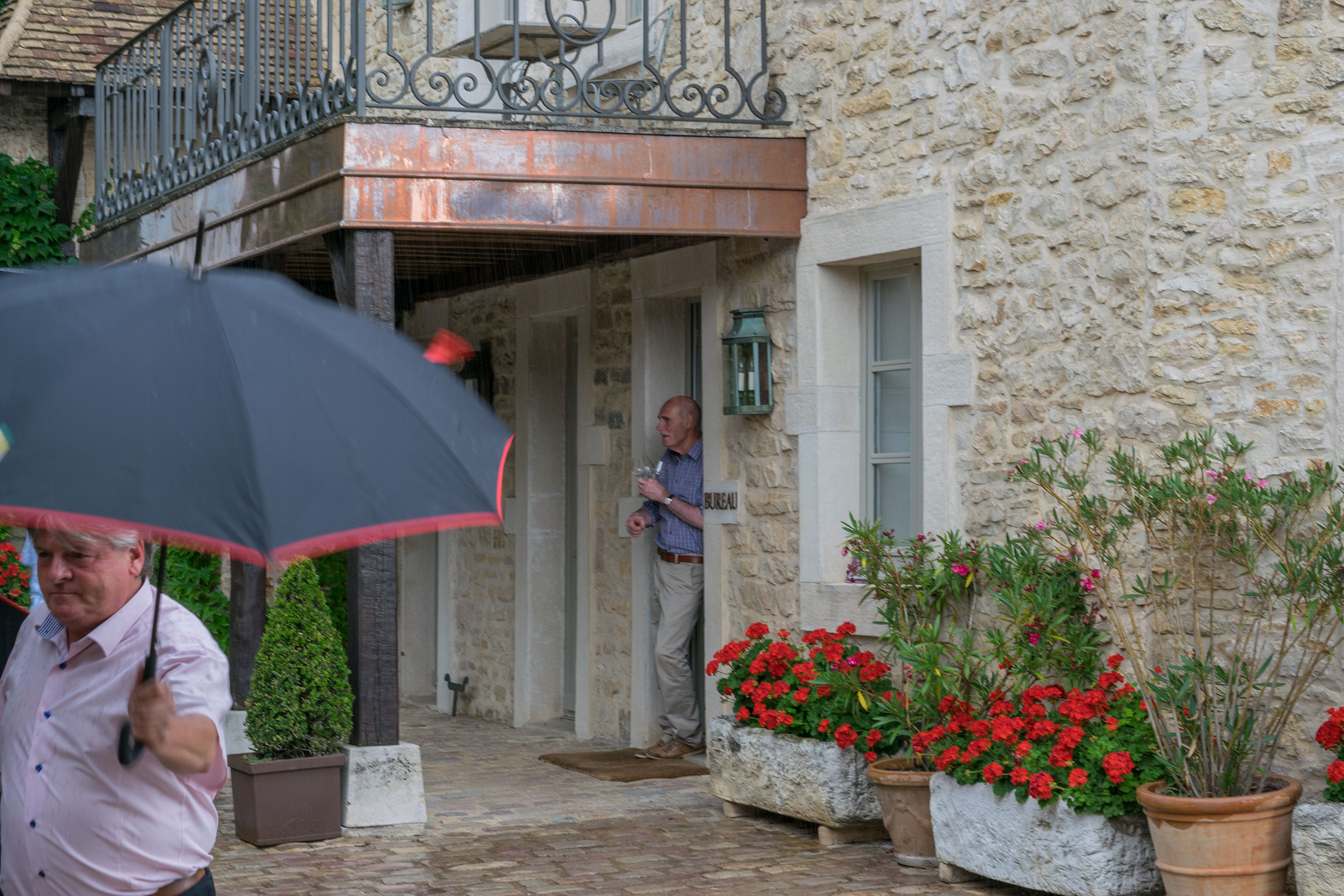
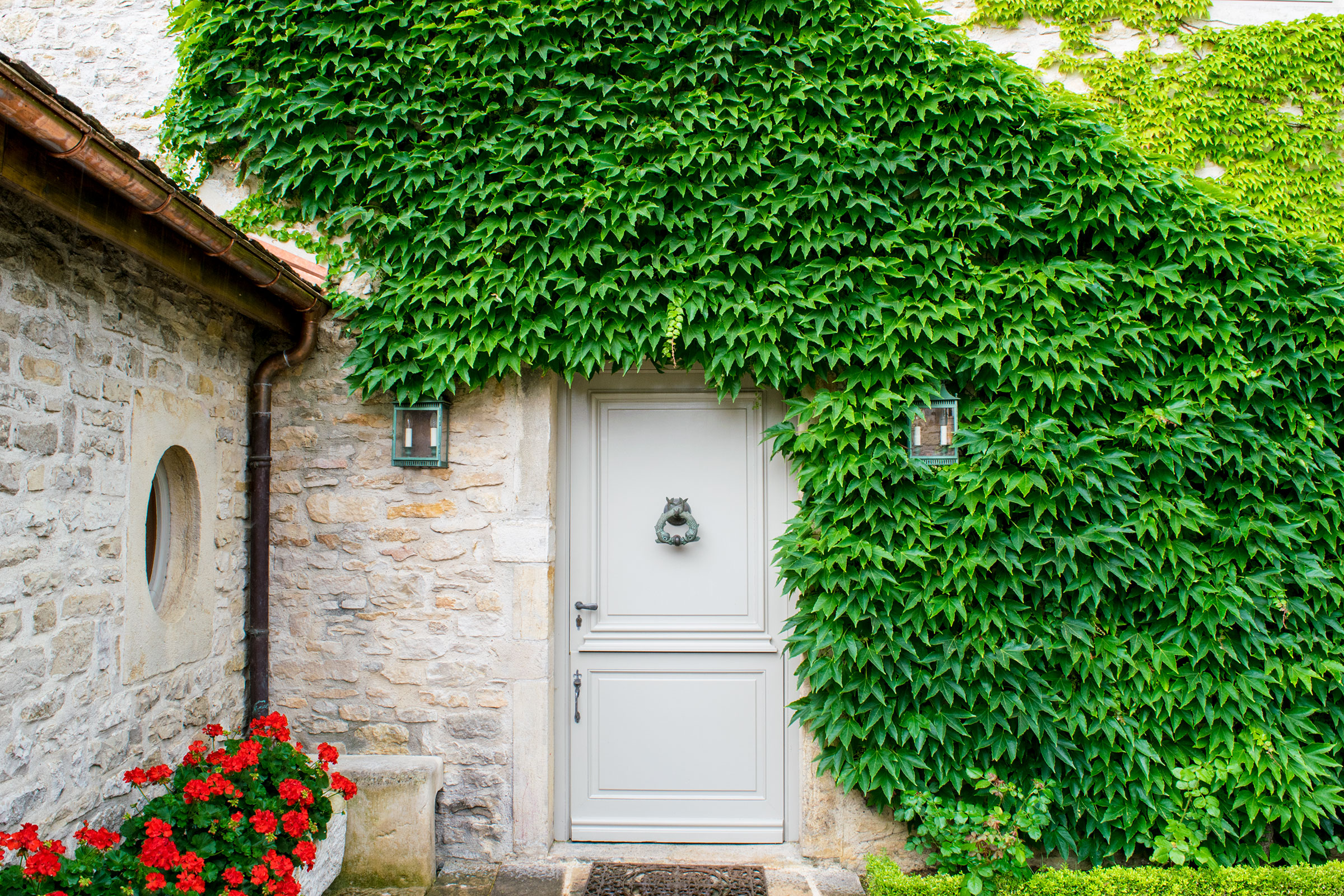
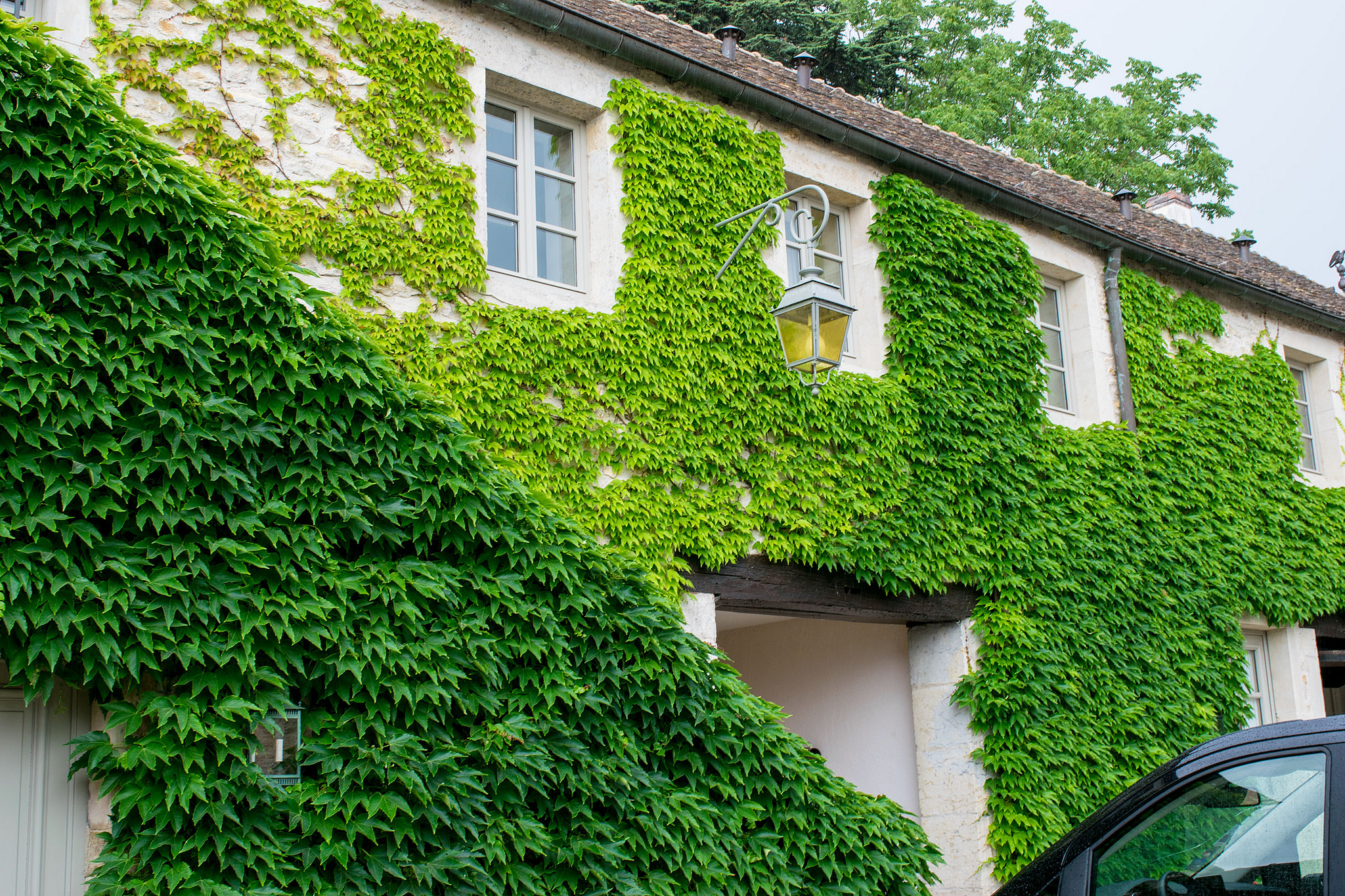
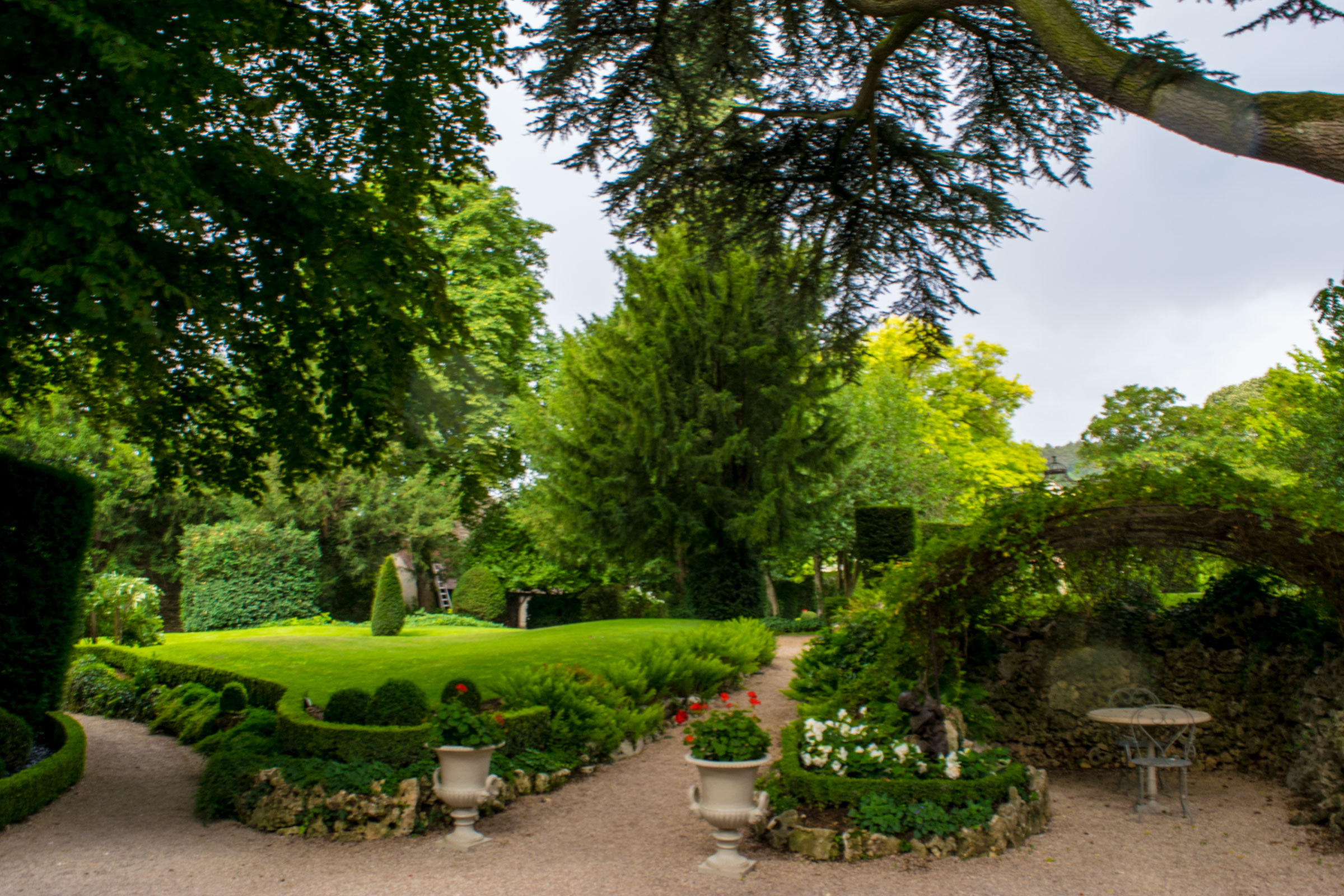
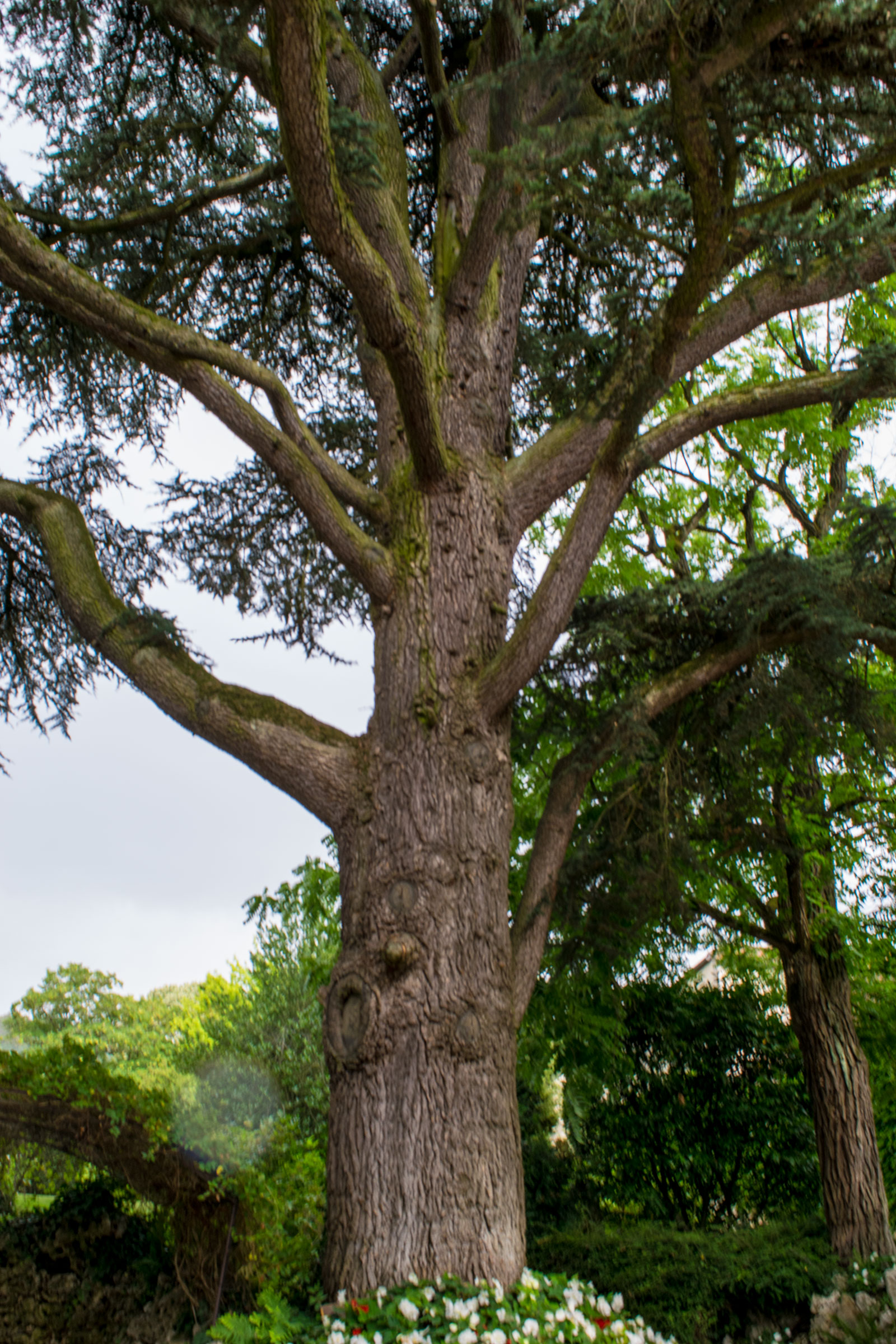
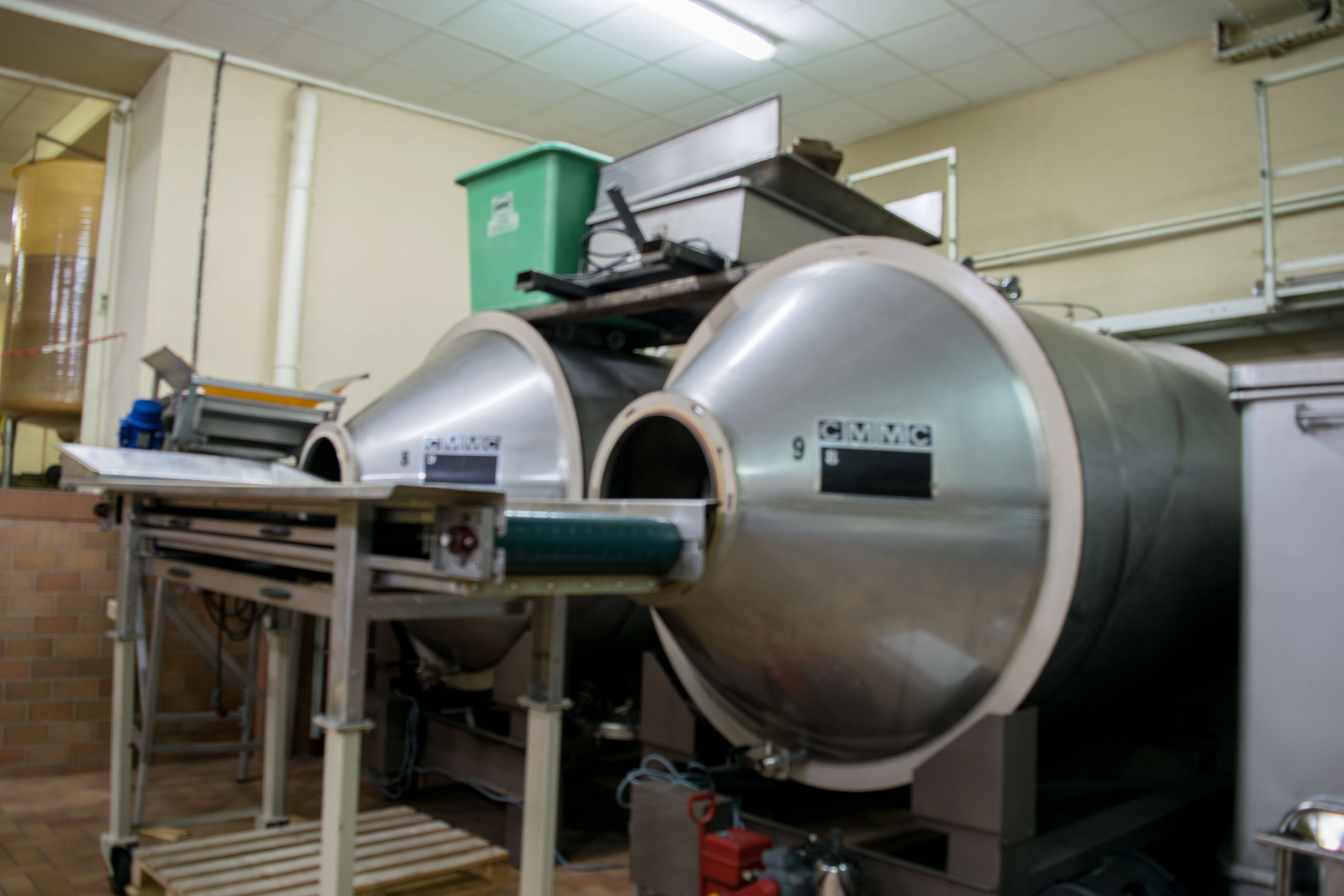
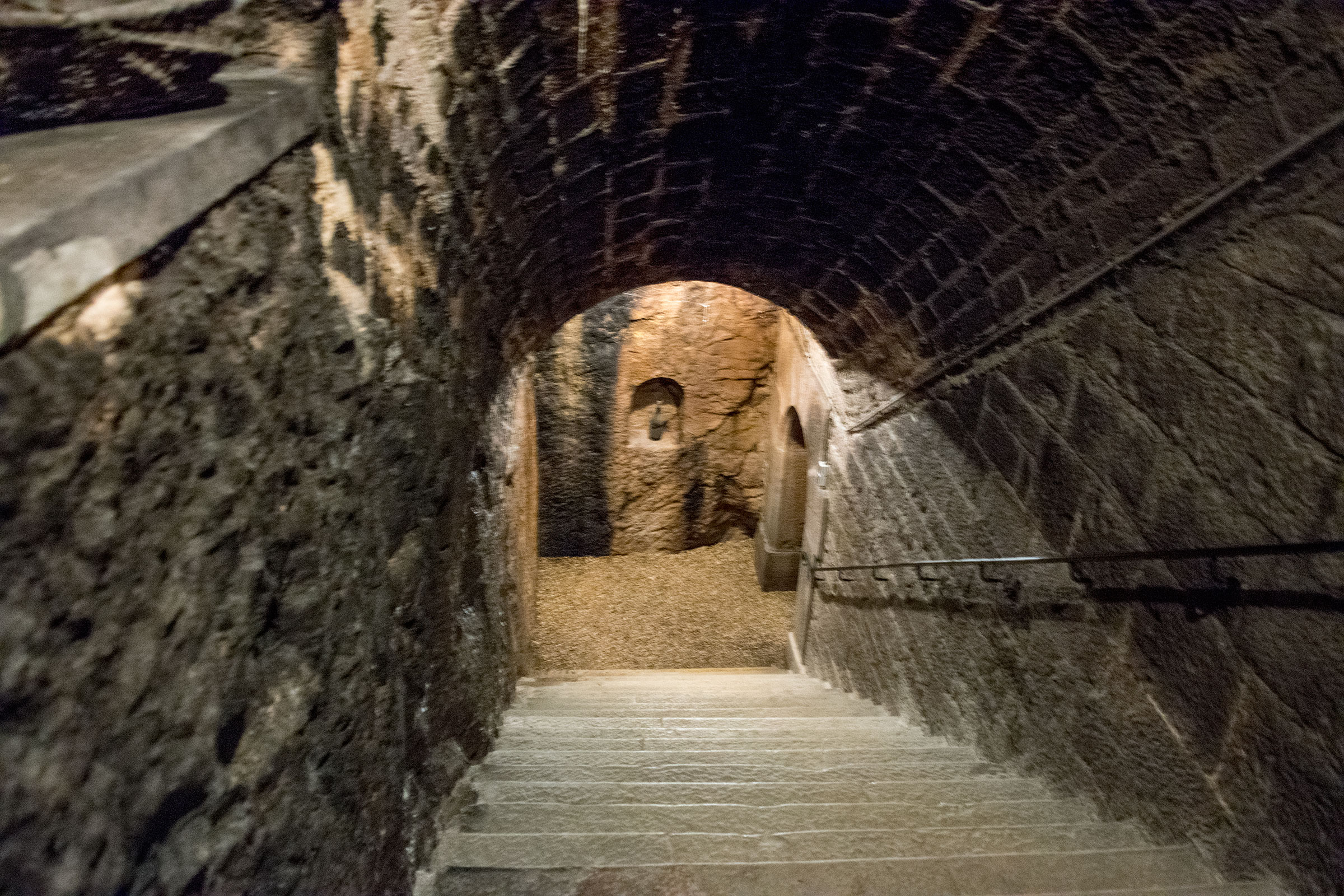
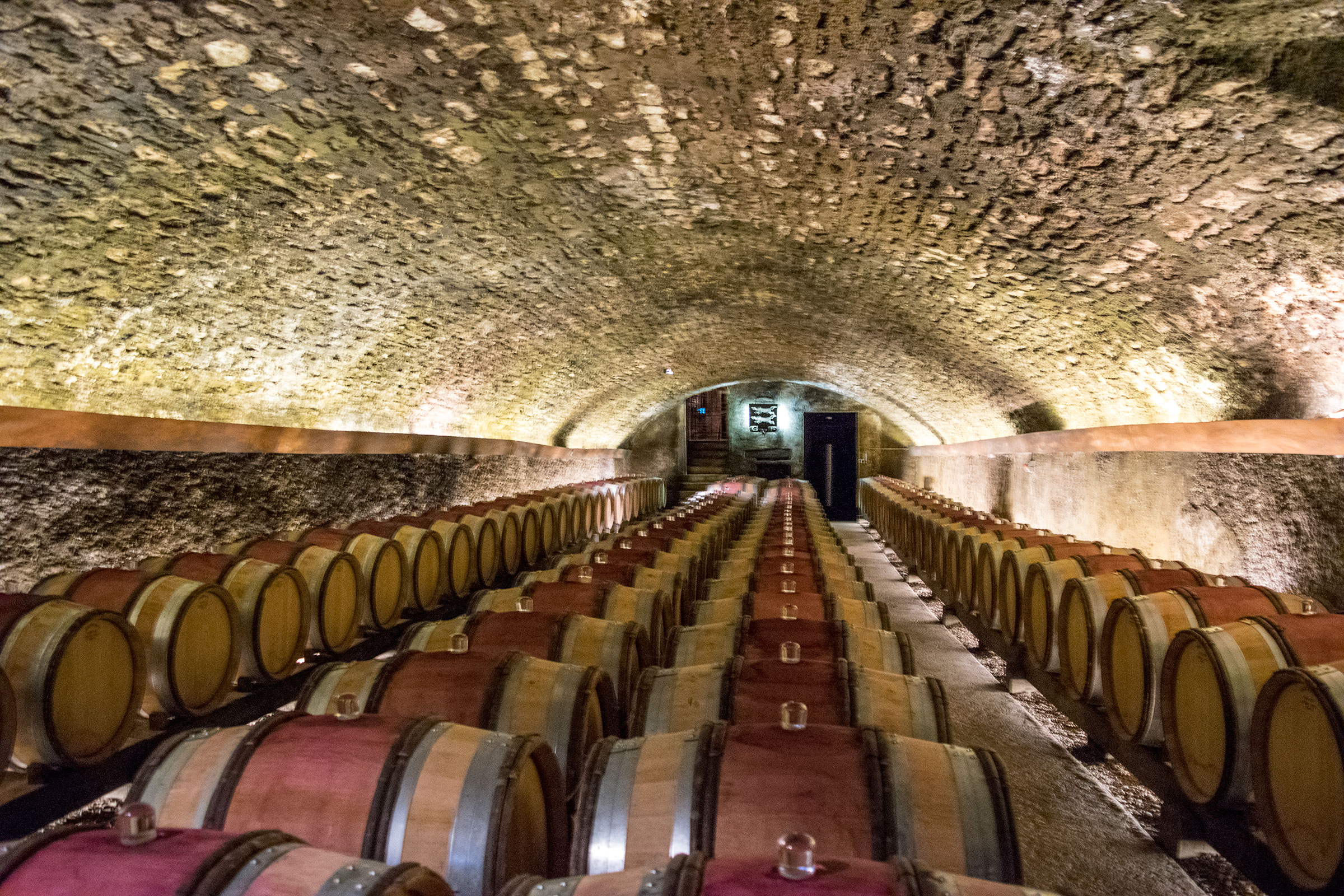
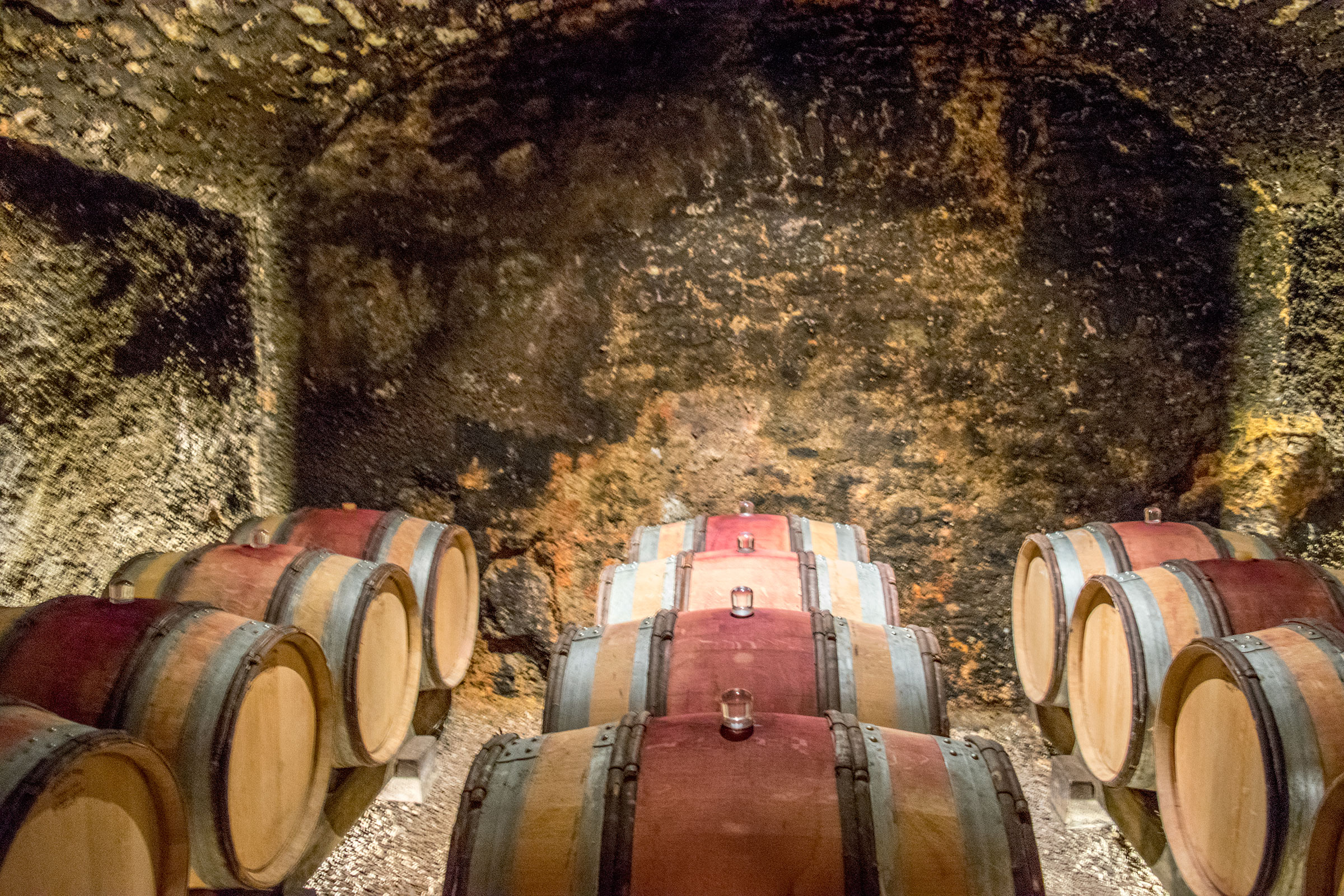
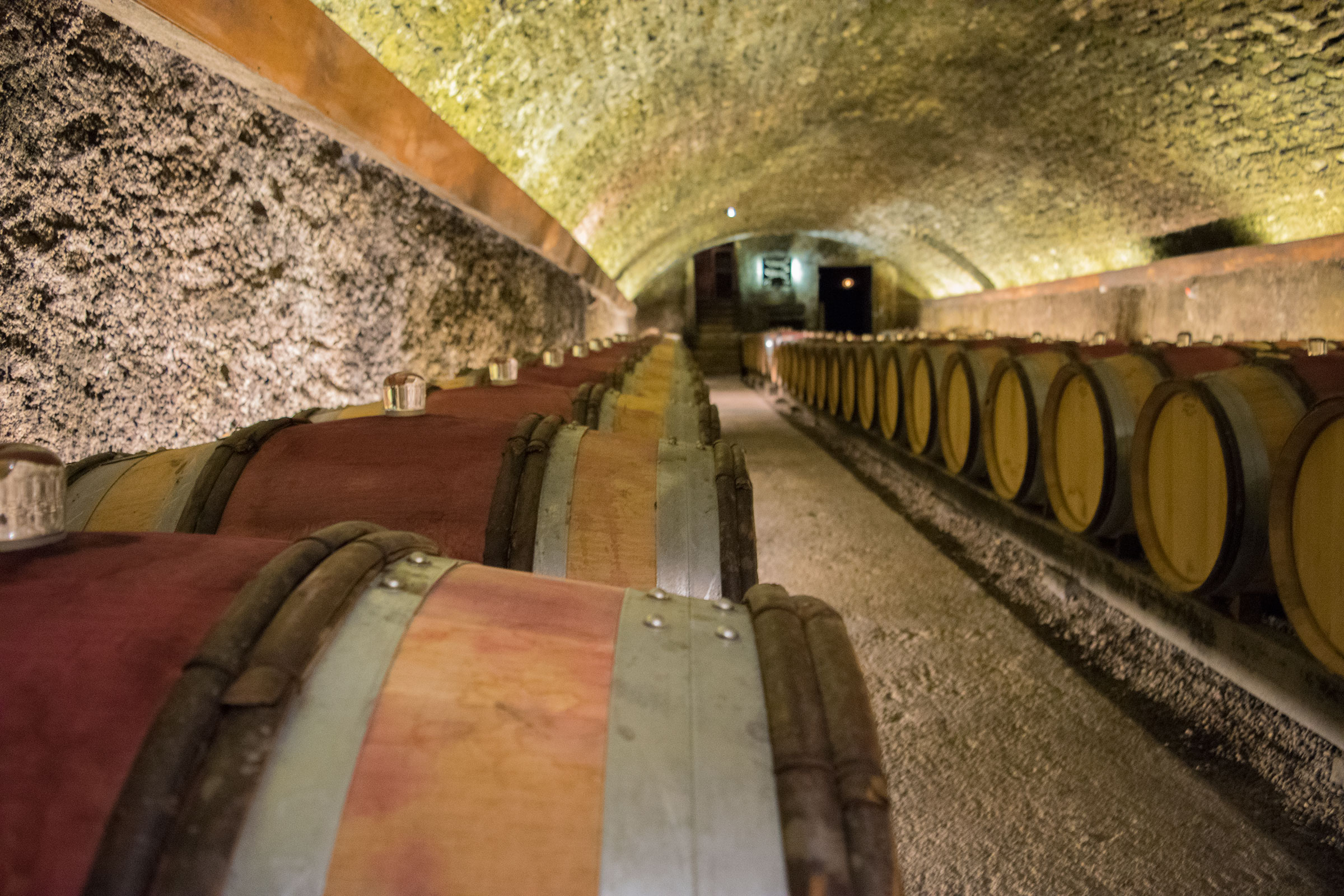
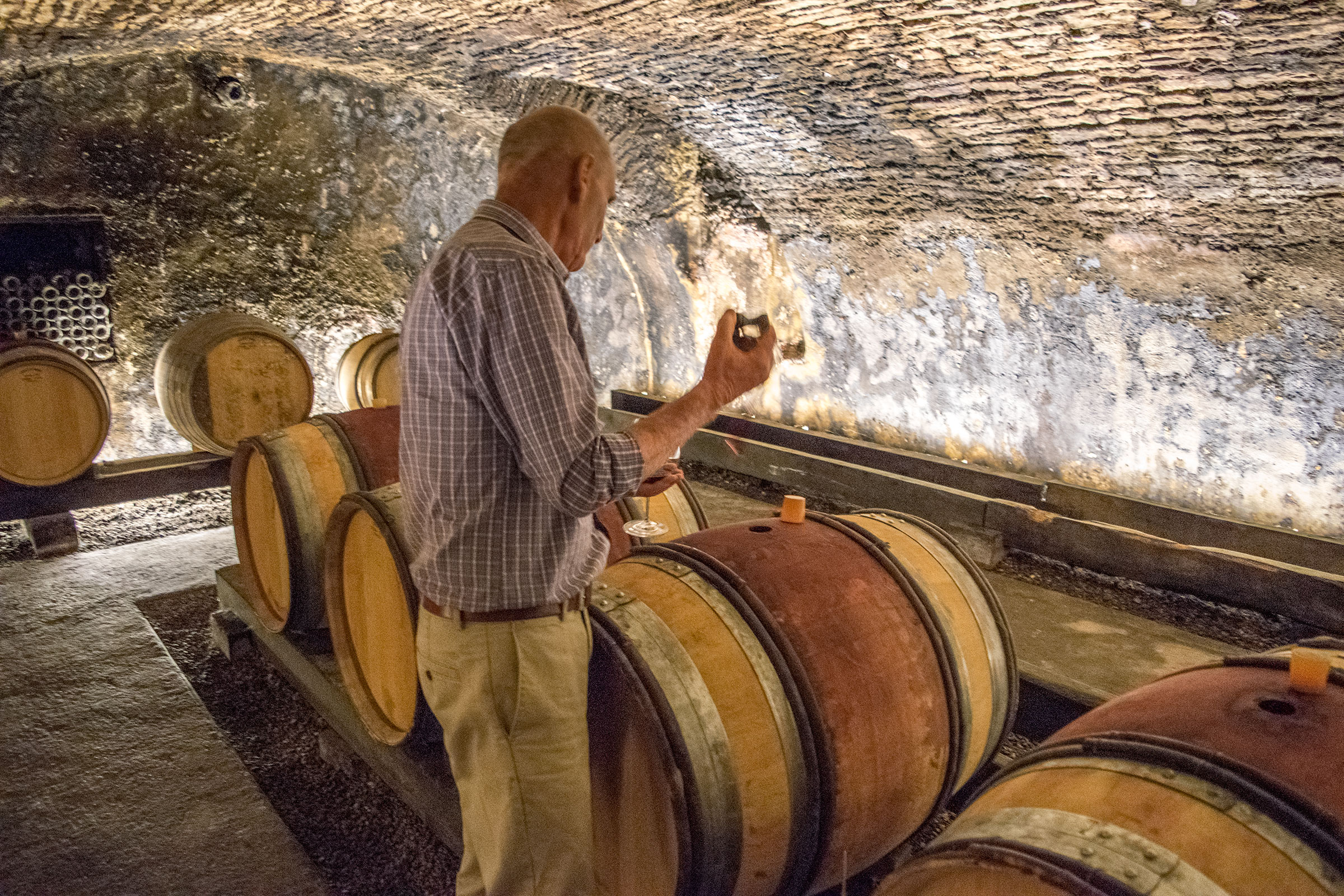
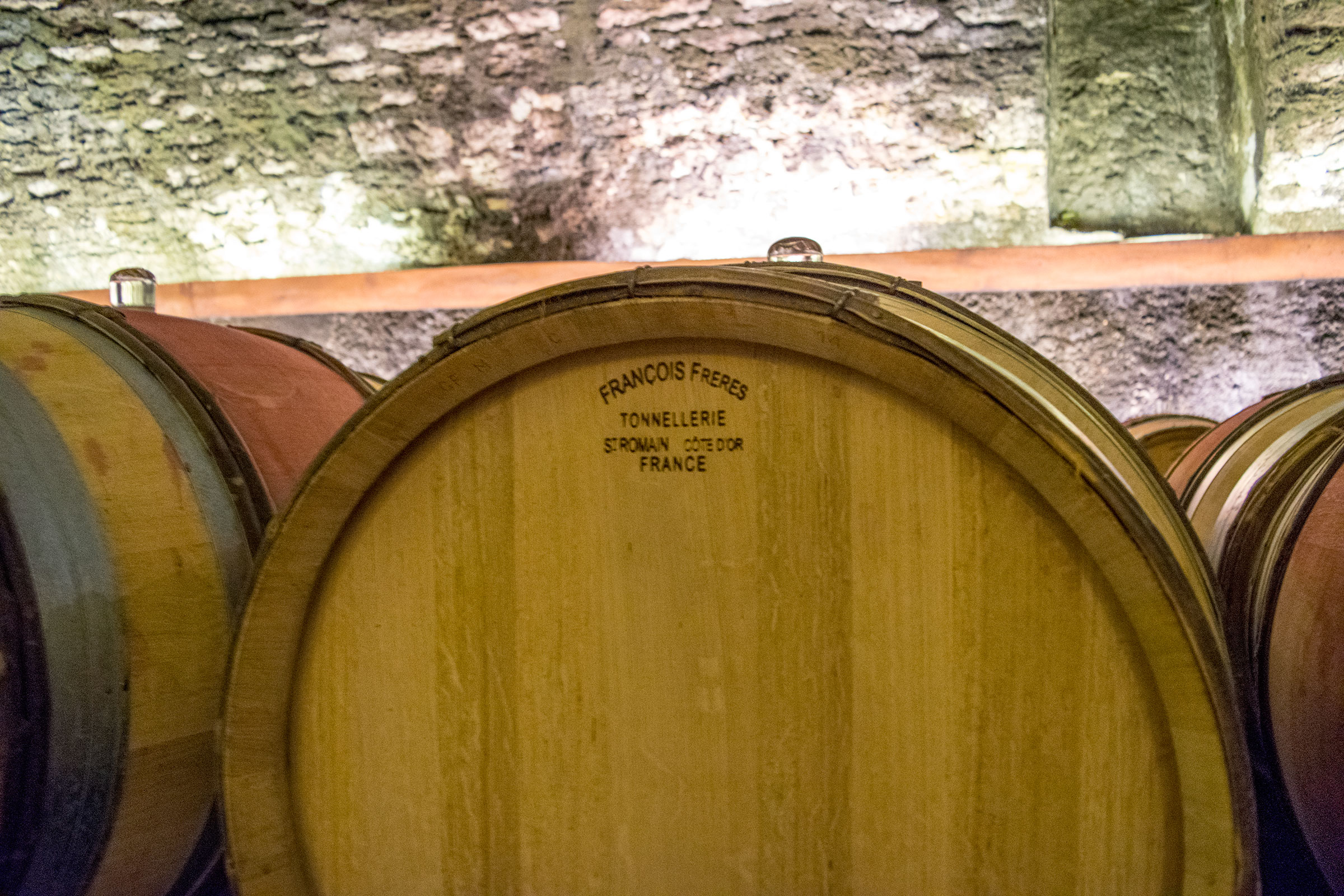

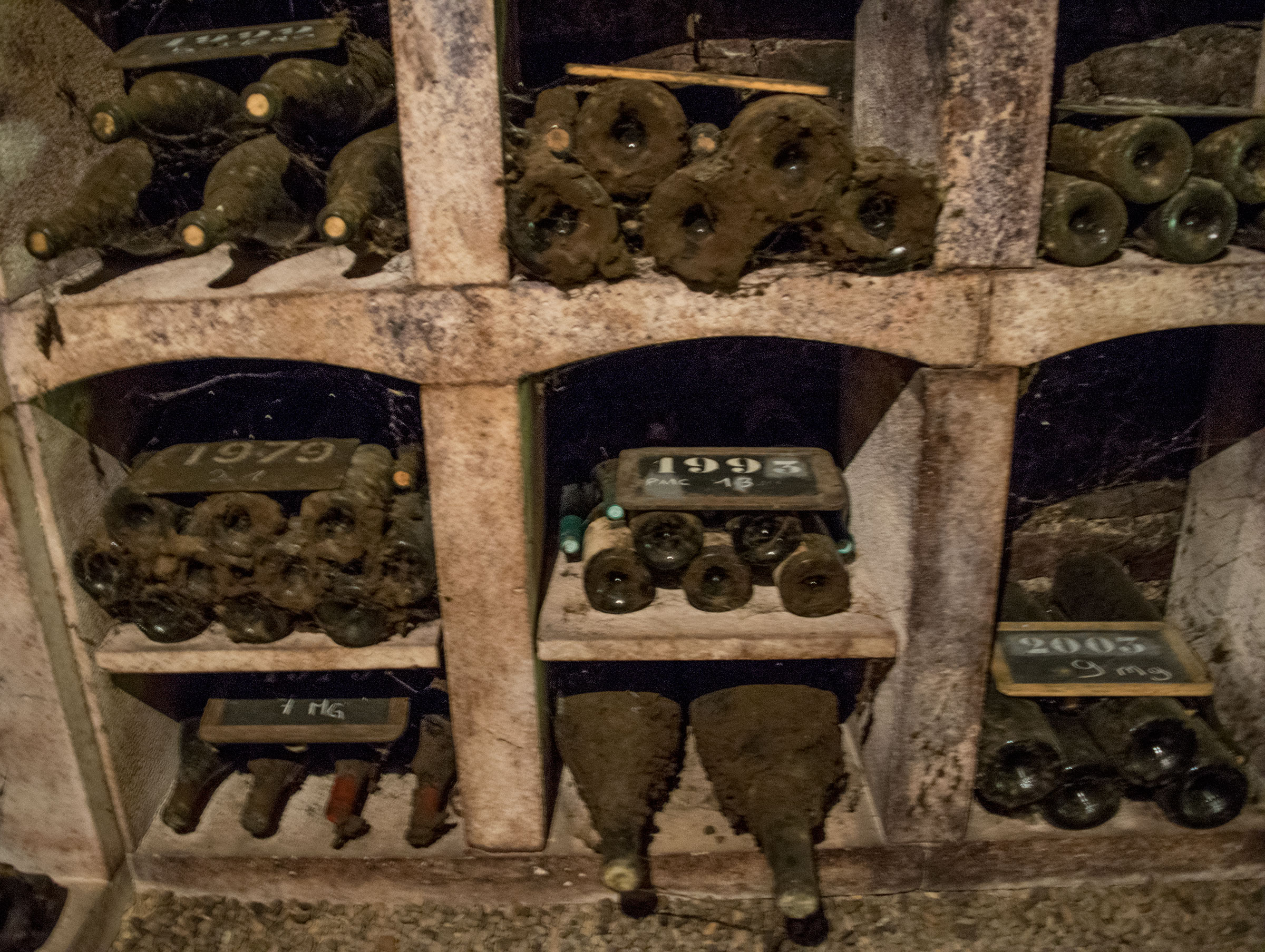
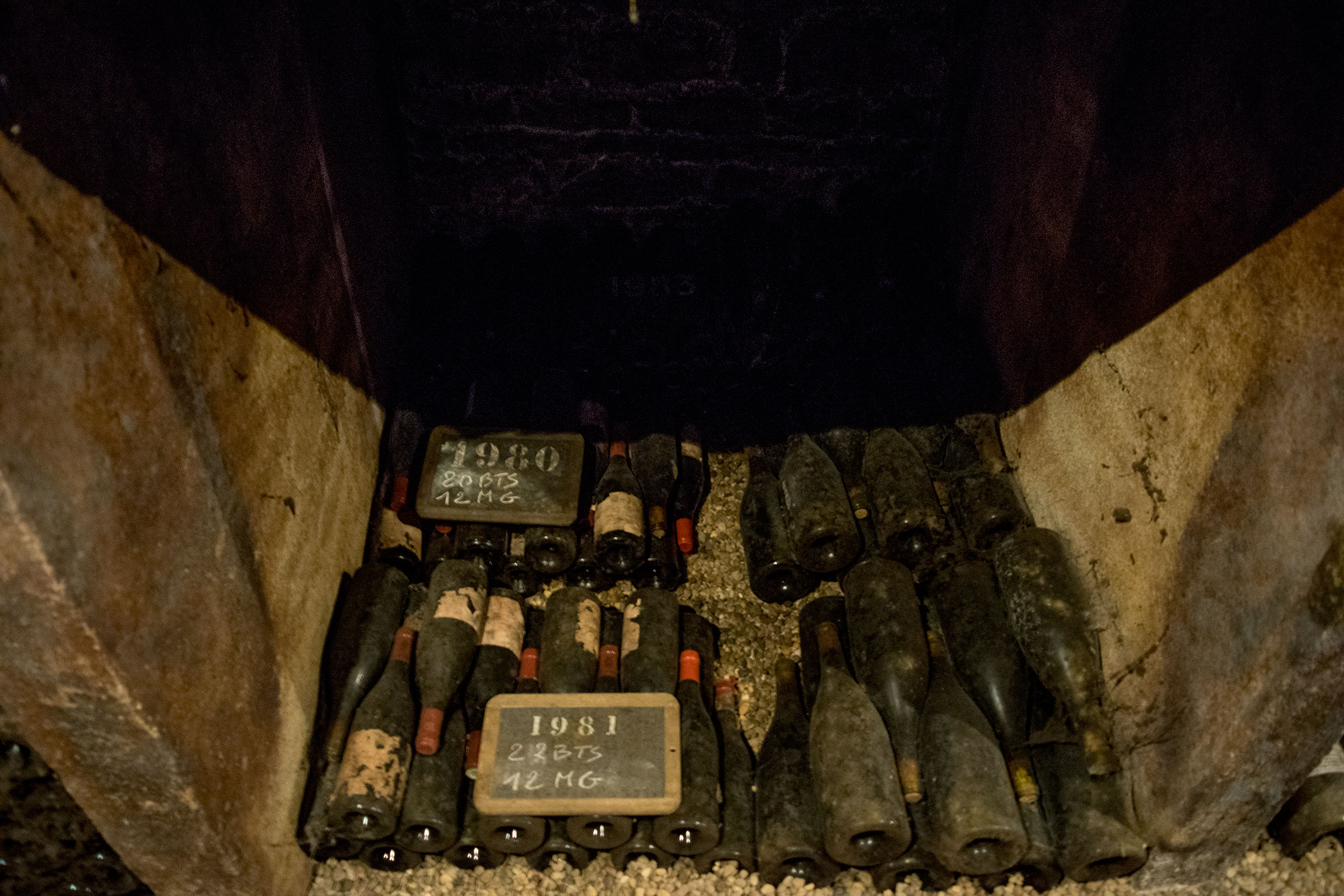
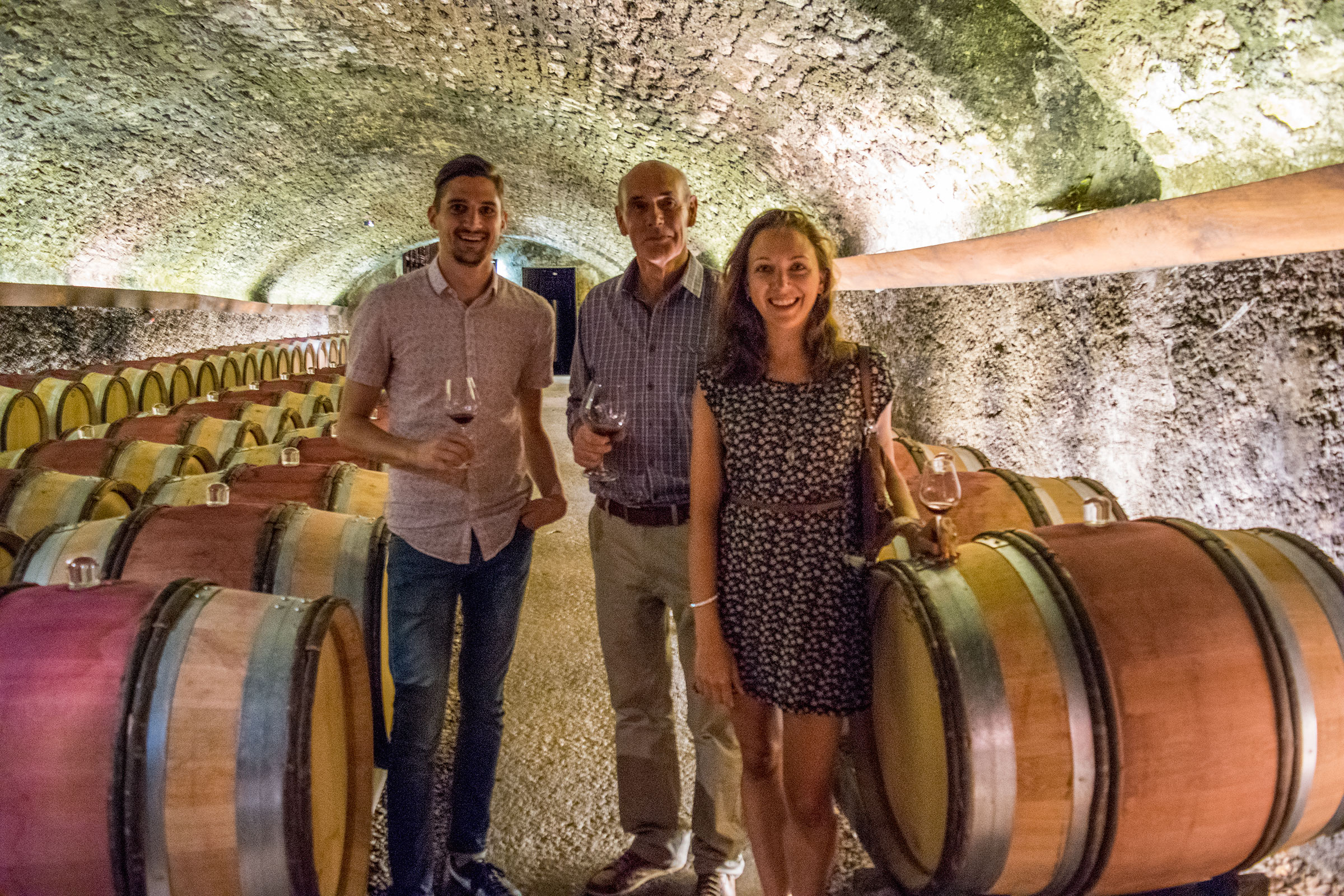
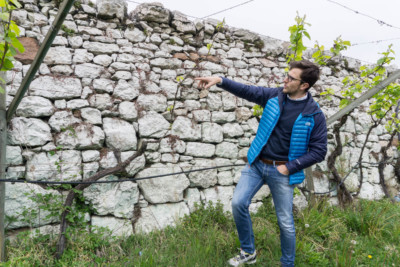

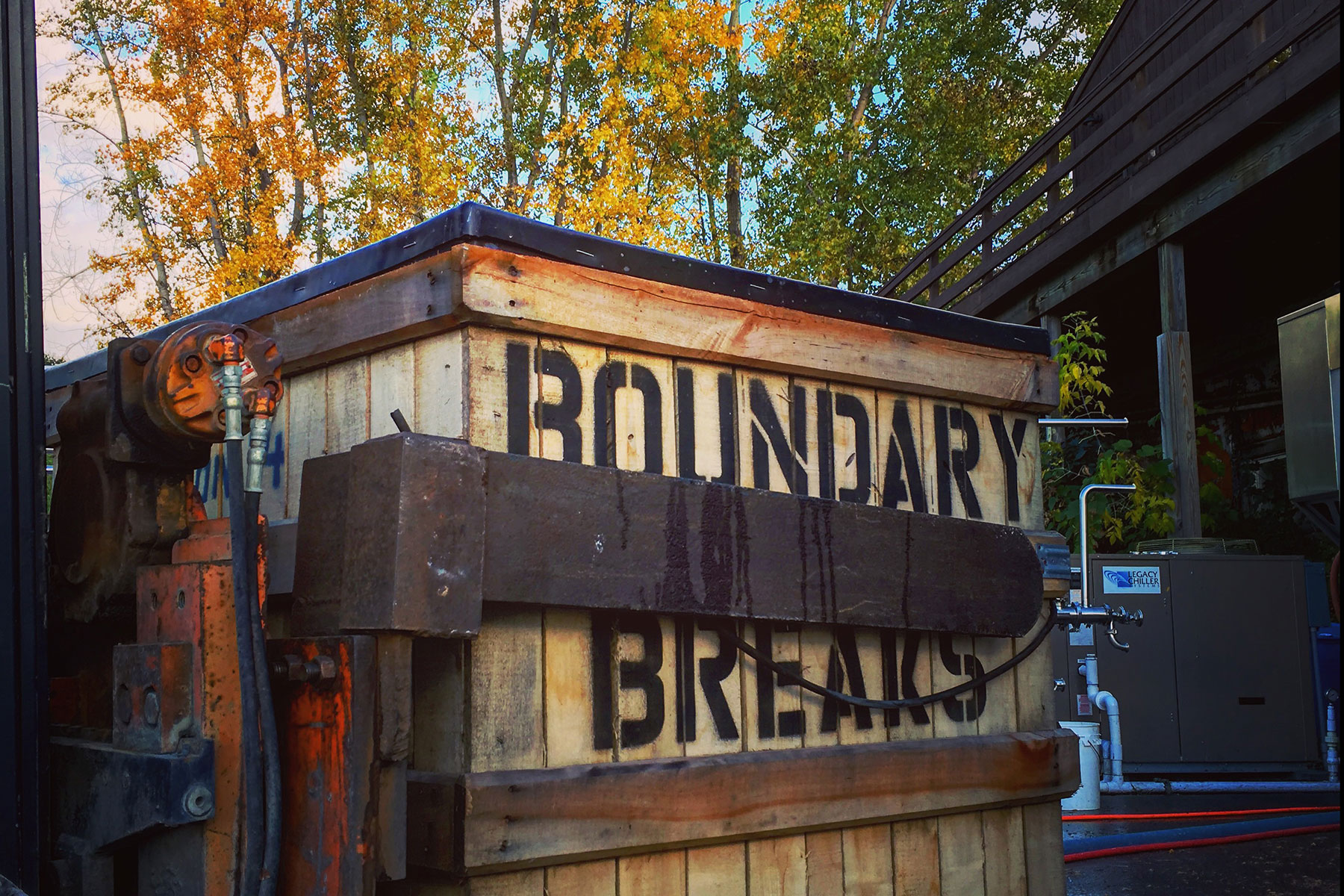
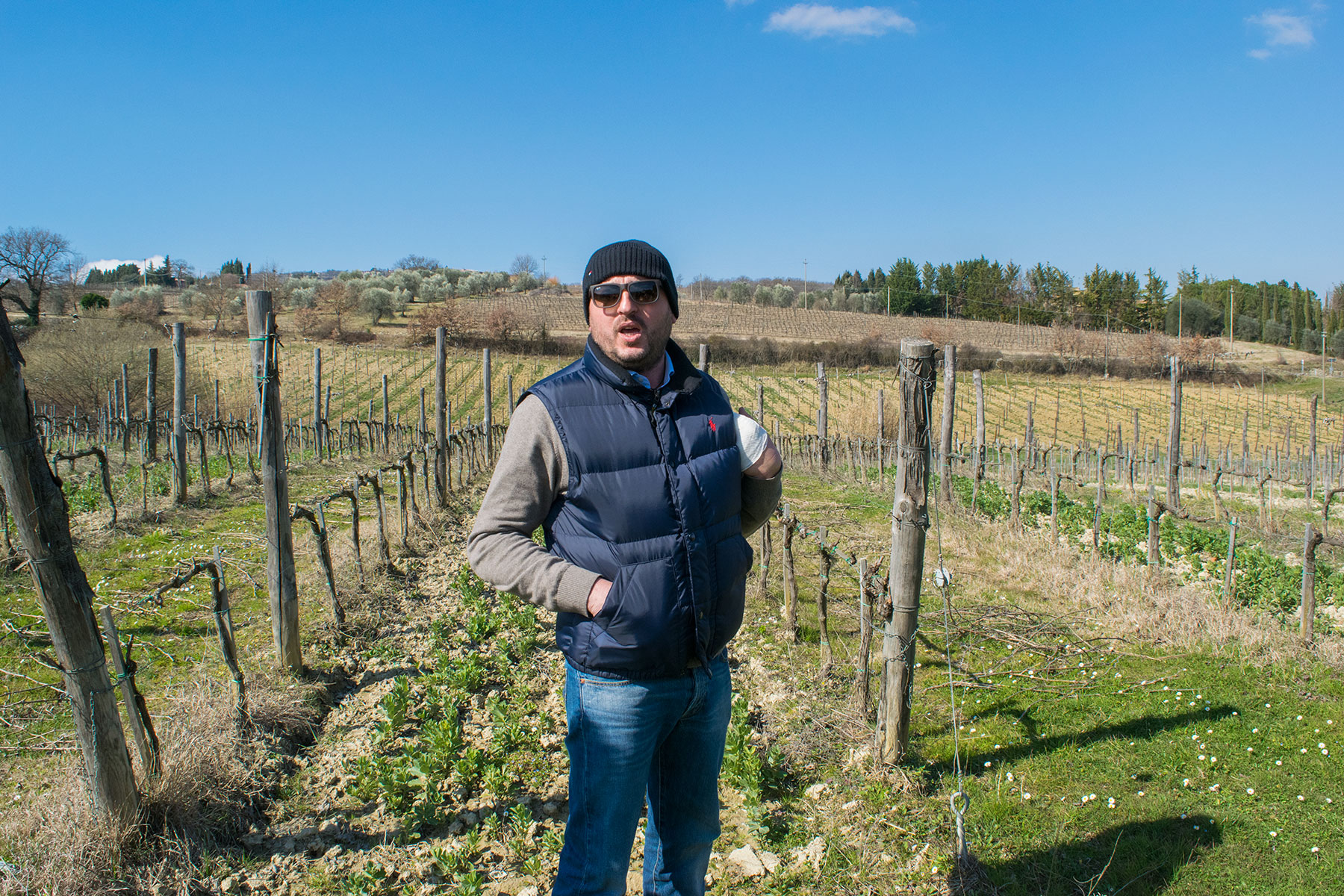
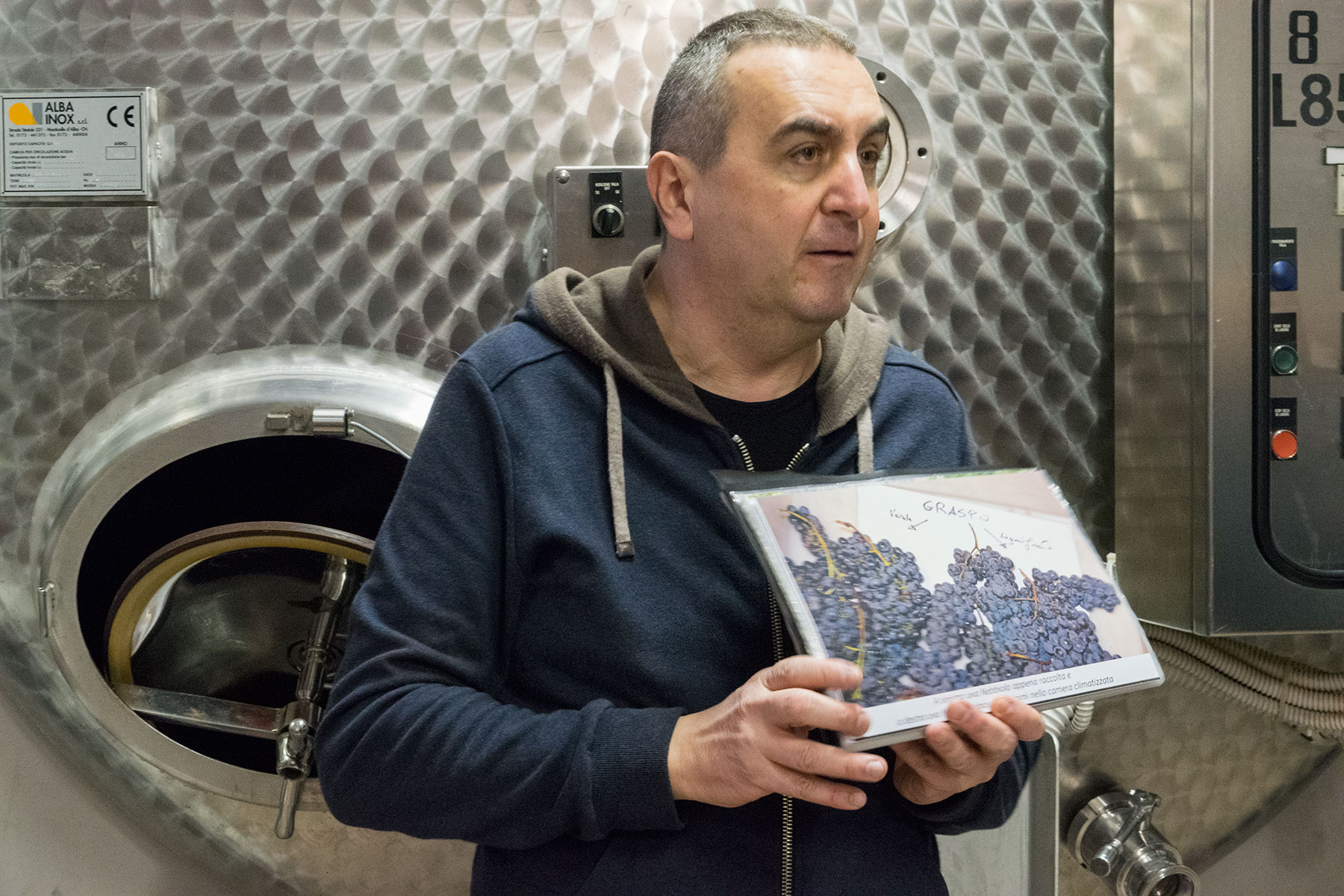
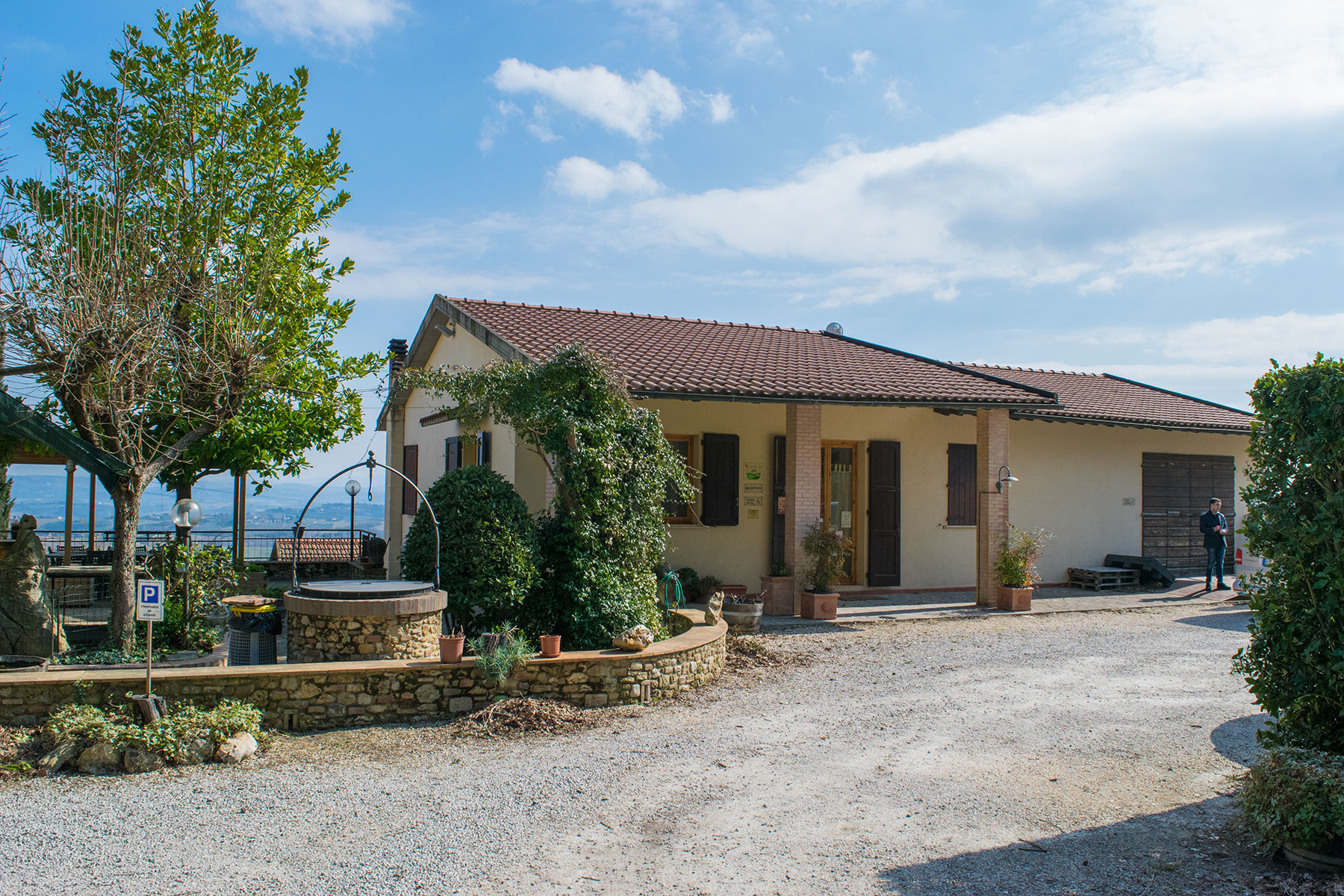
Leave A Comment
You must be logged in to post a comment.